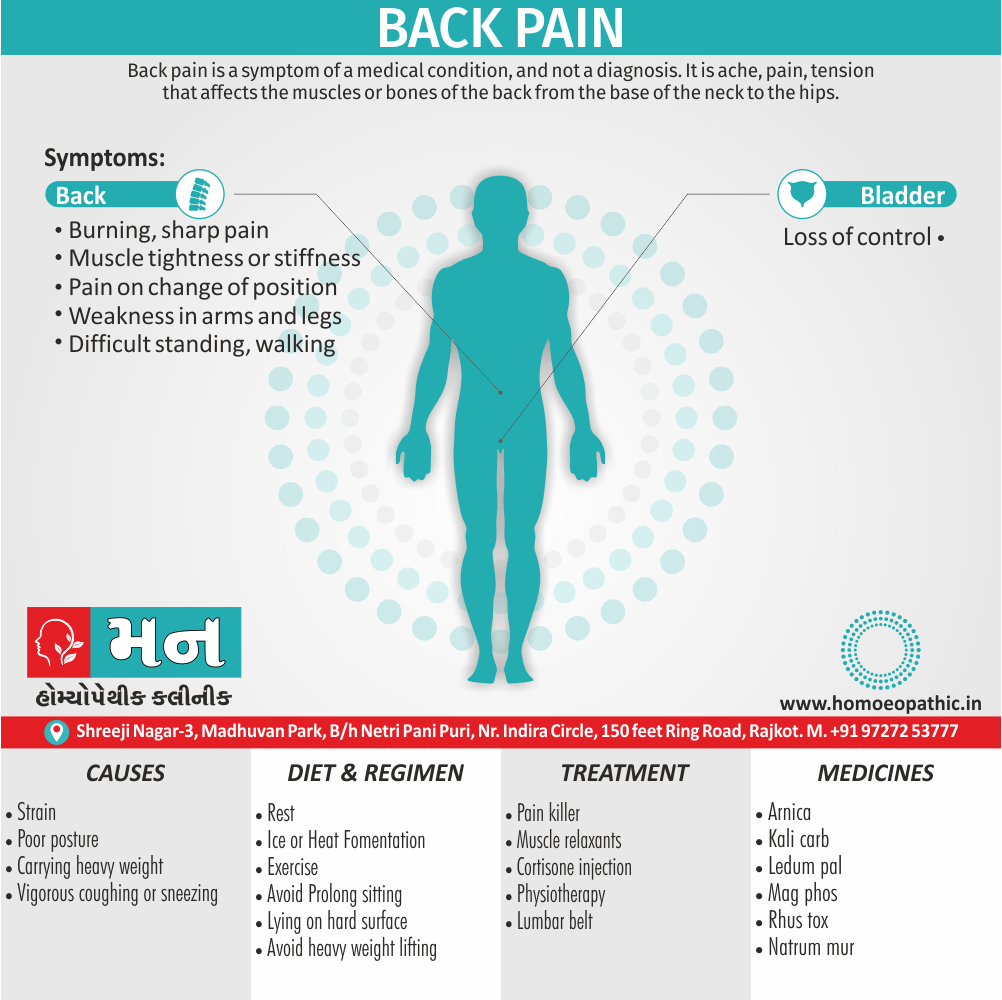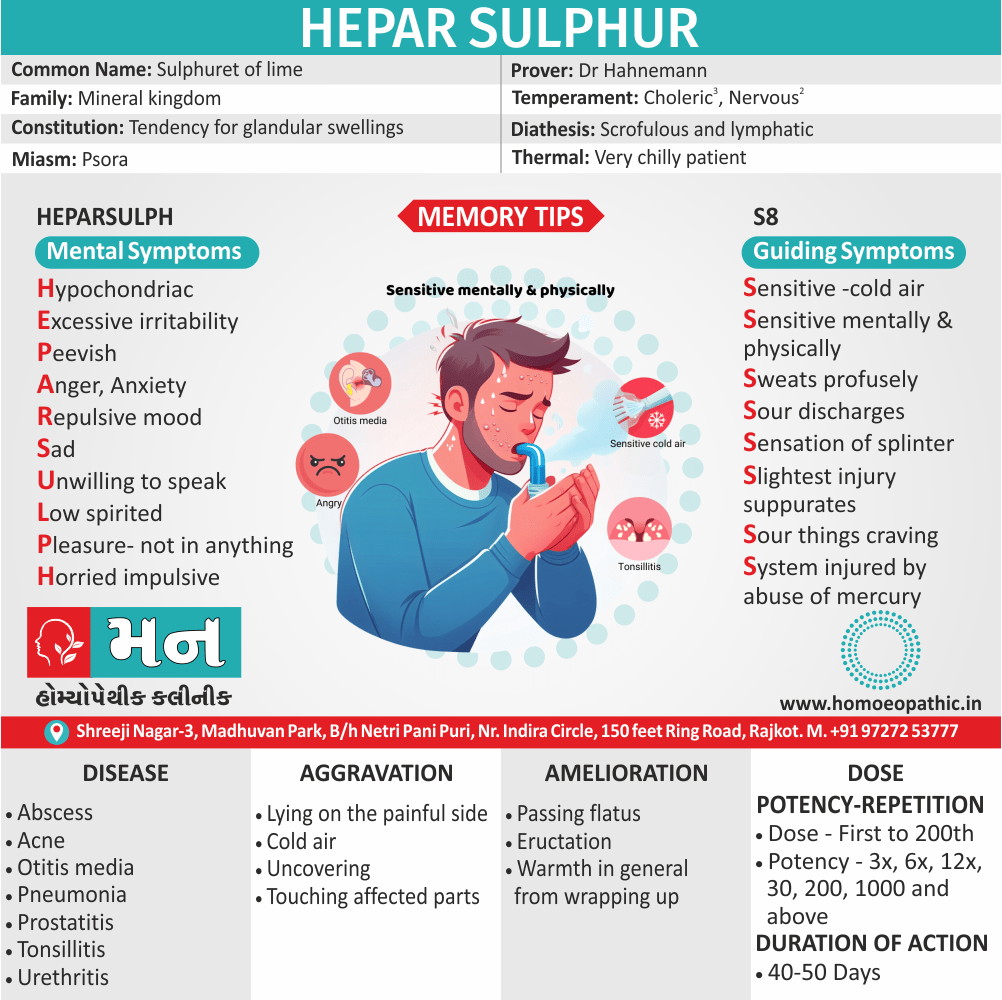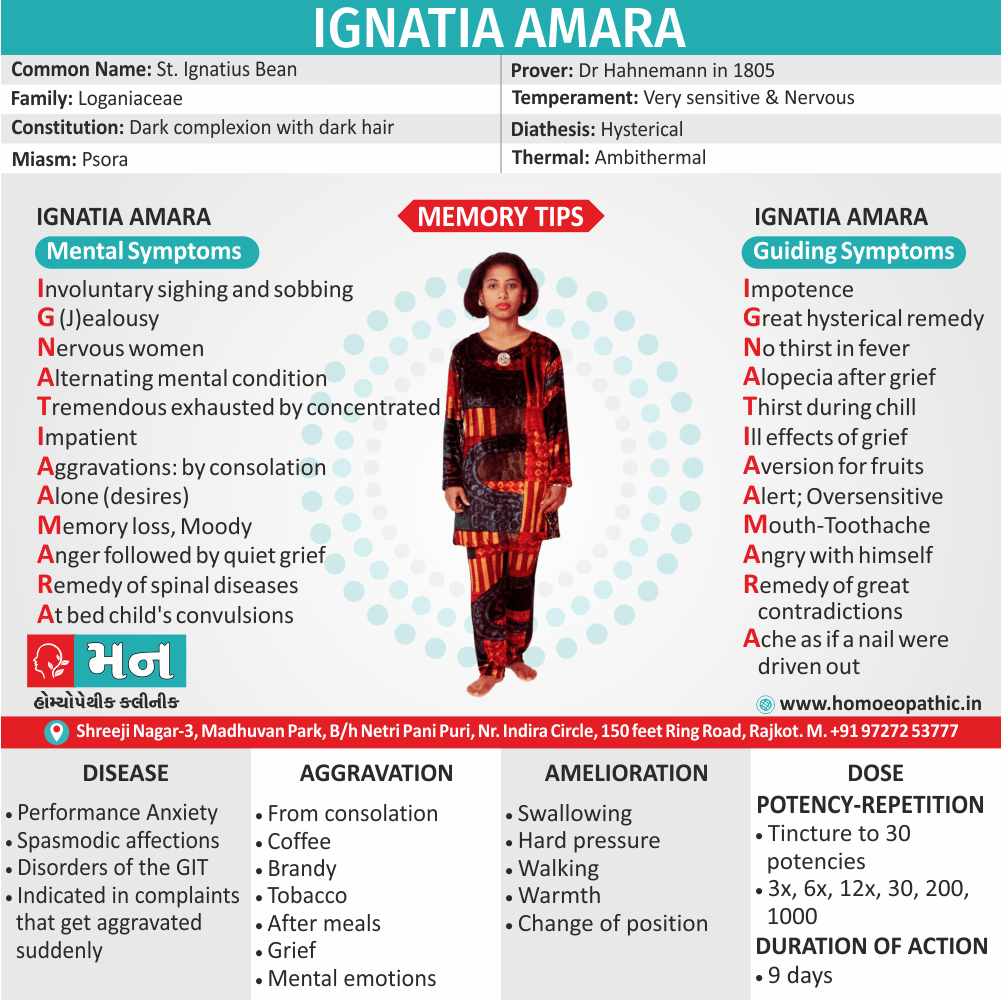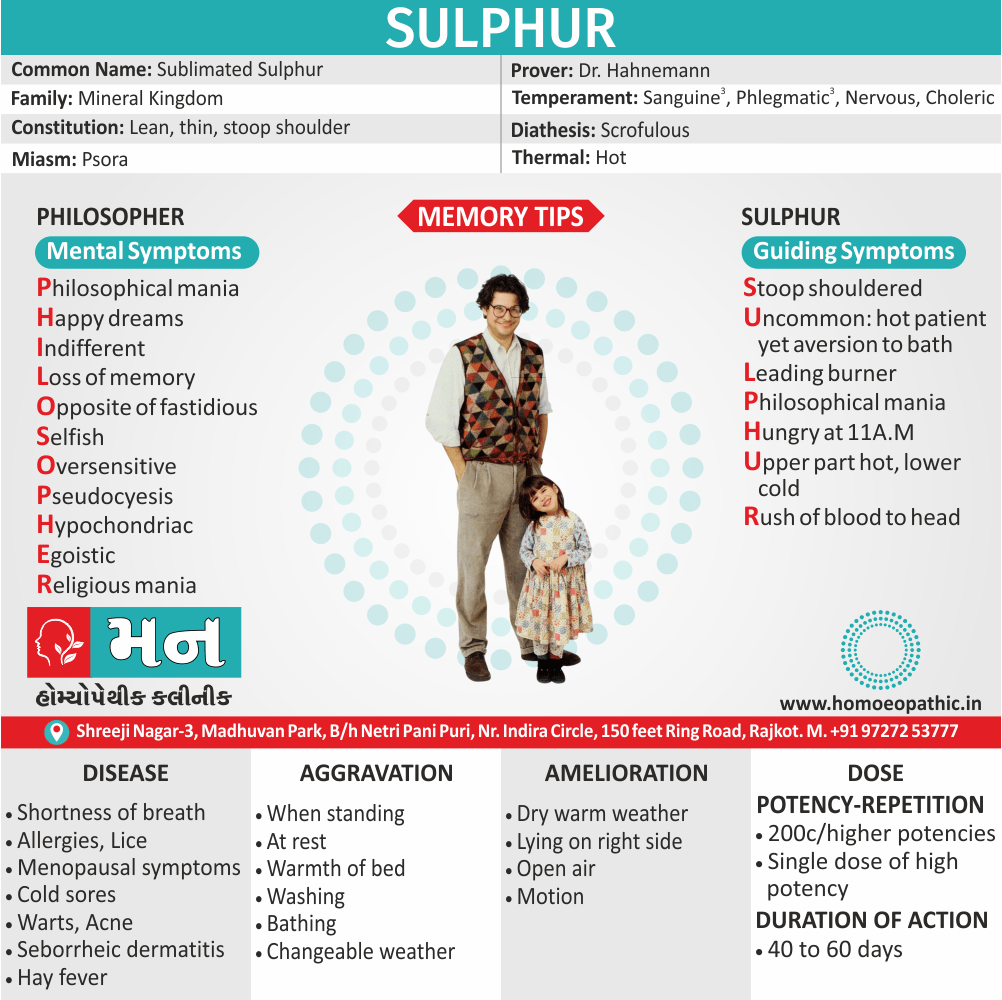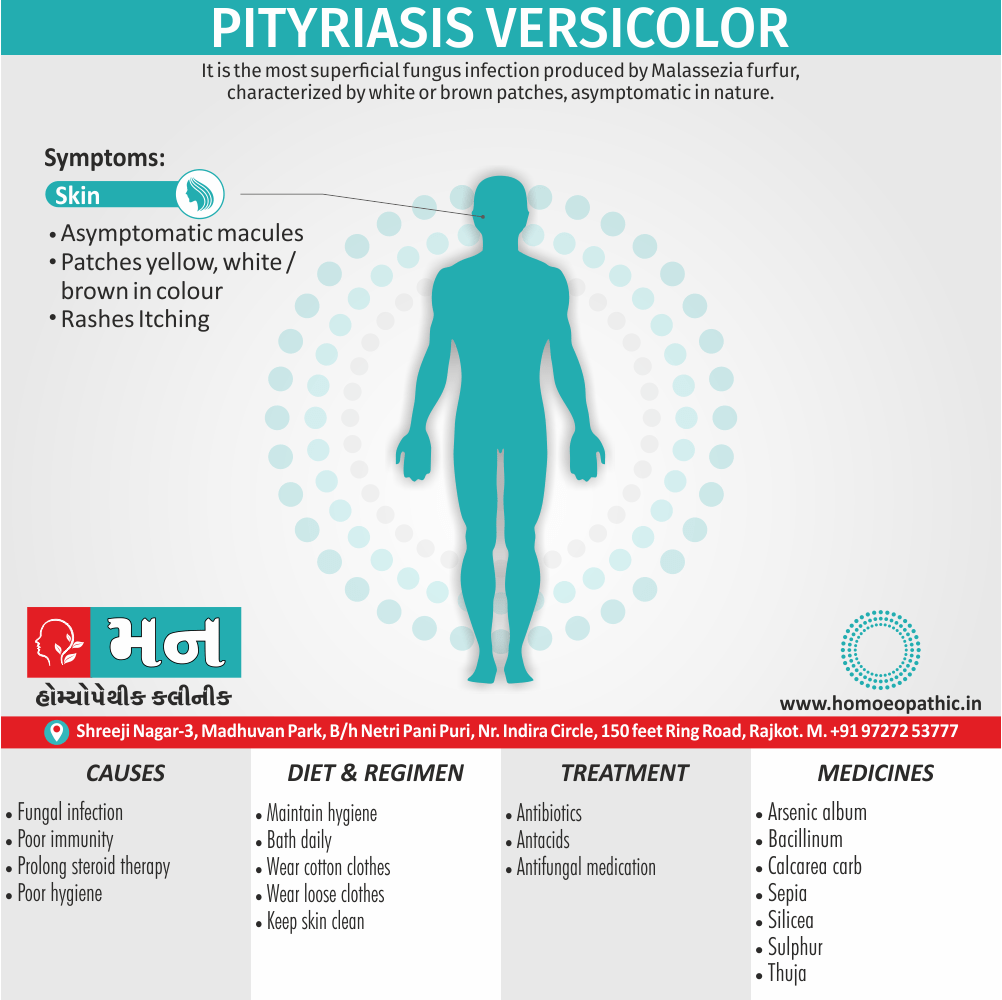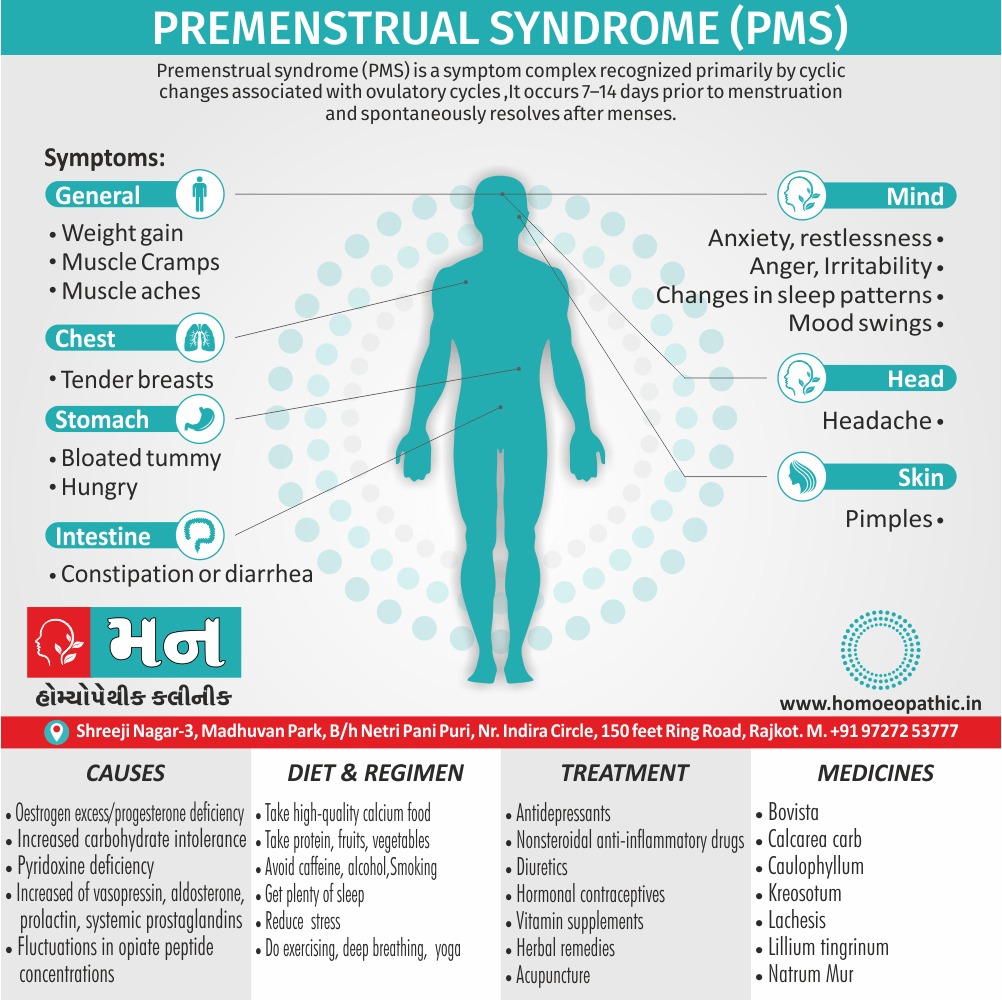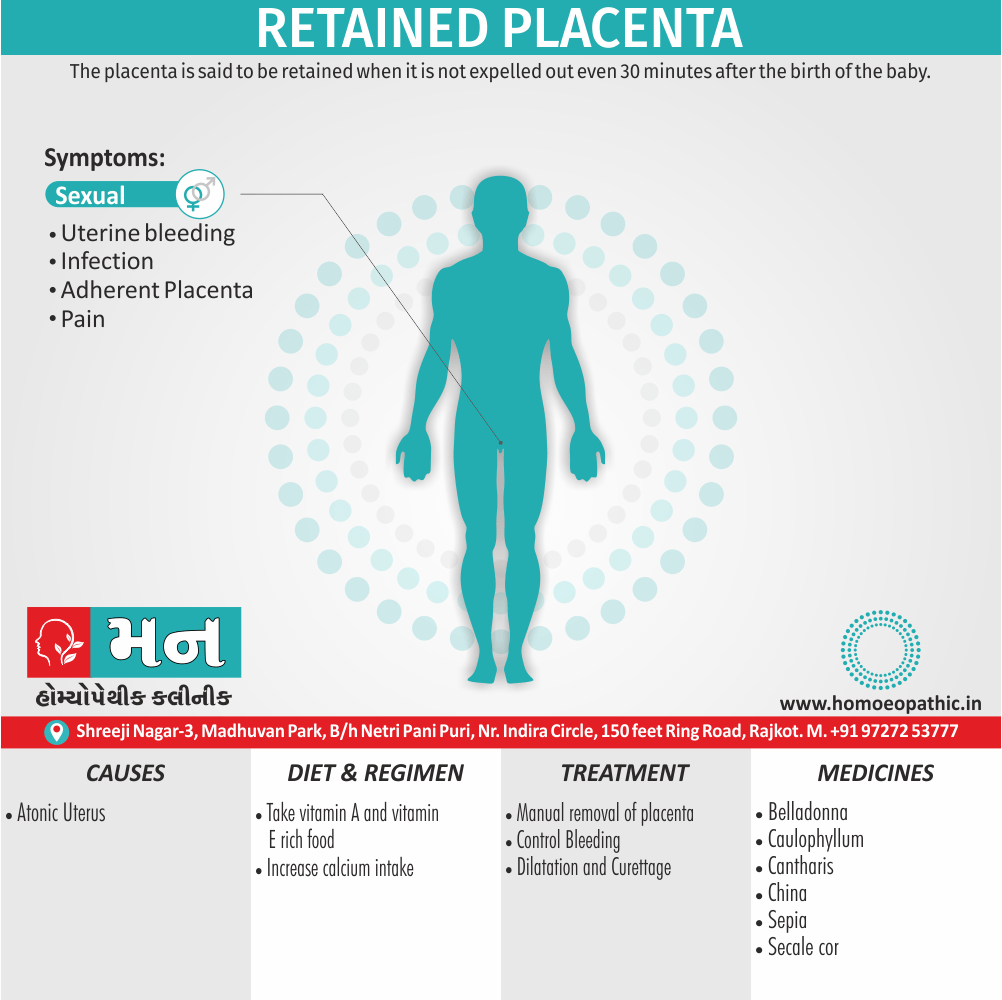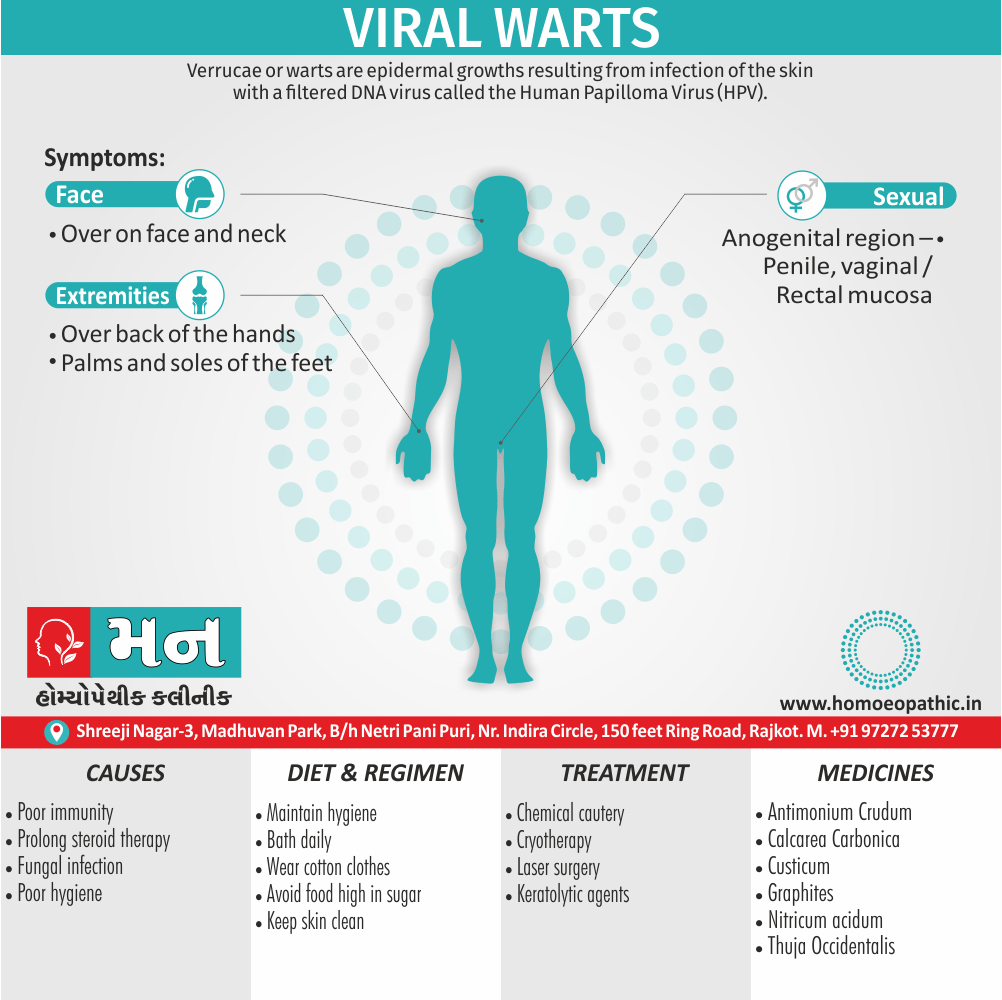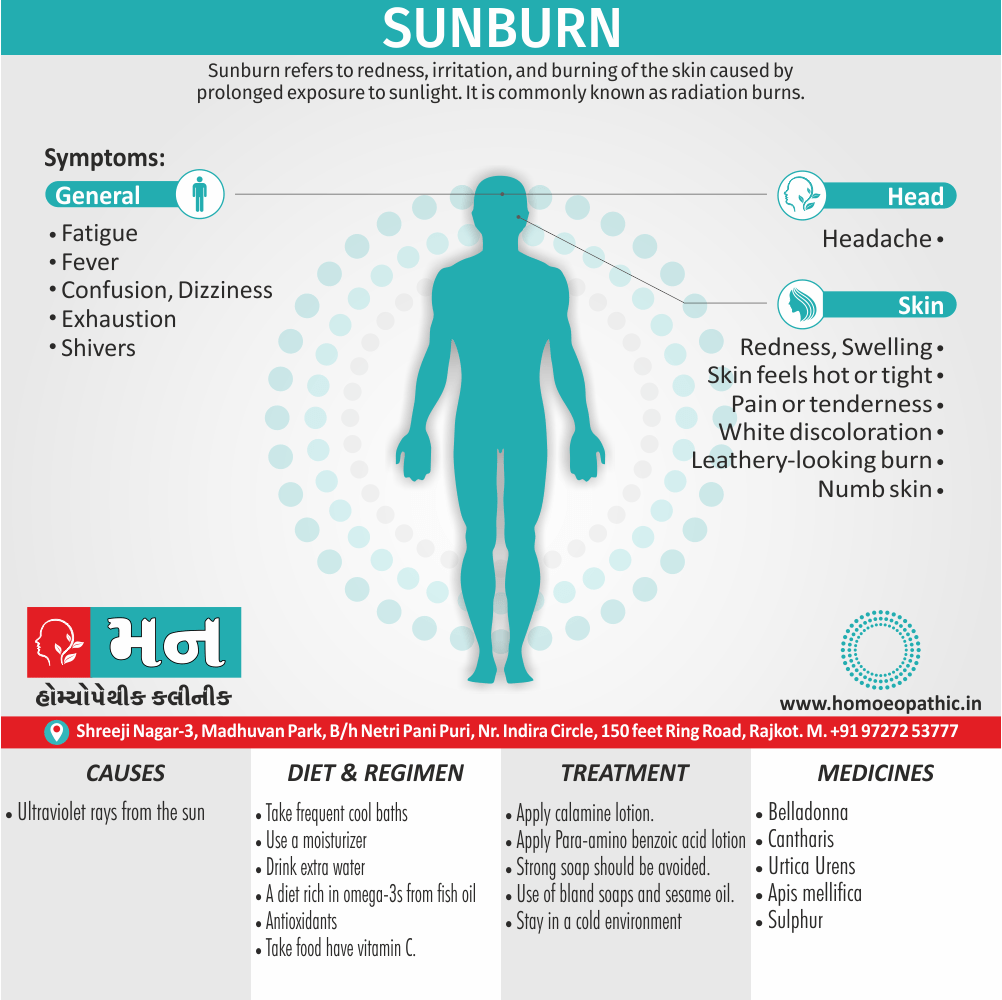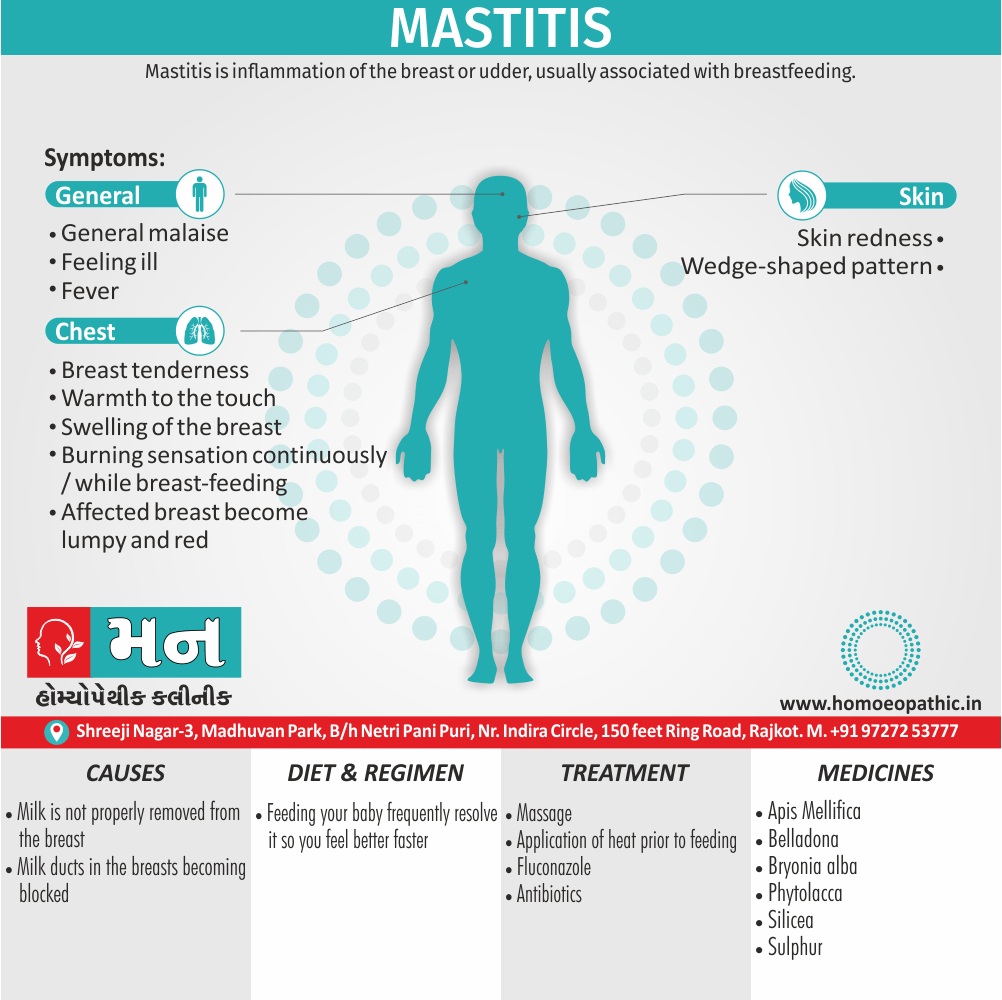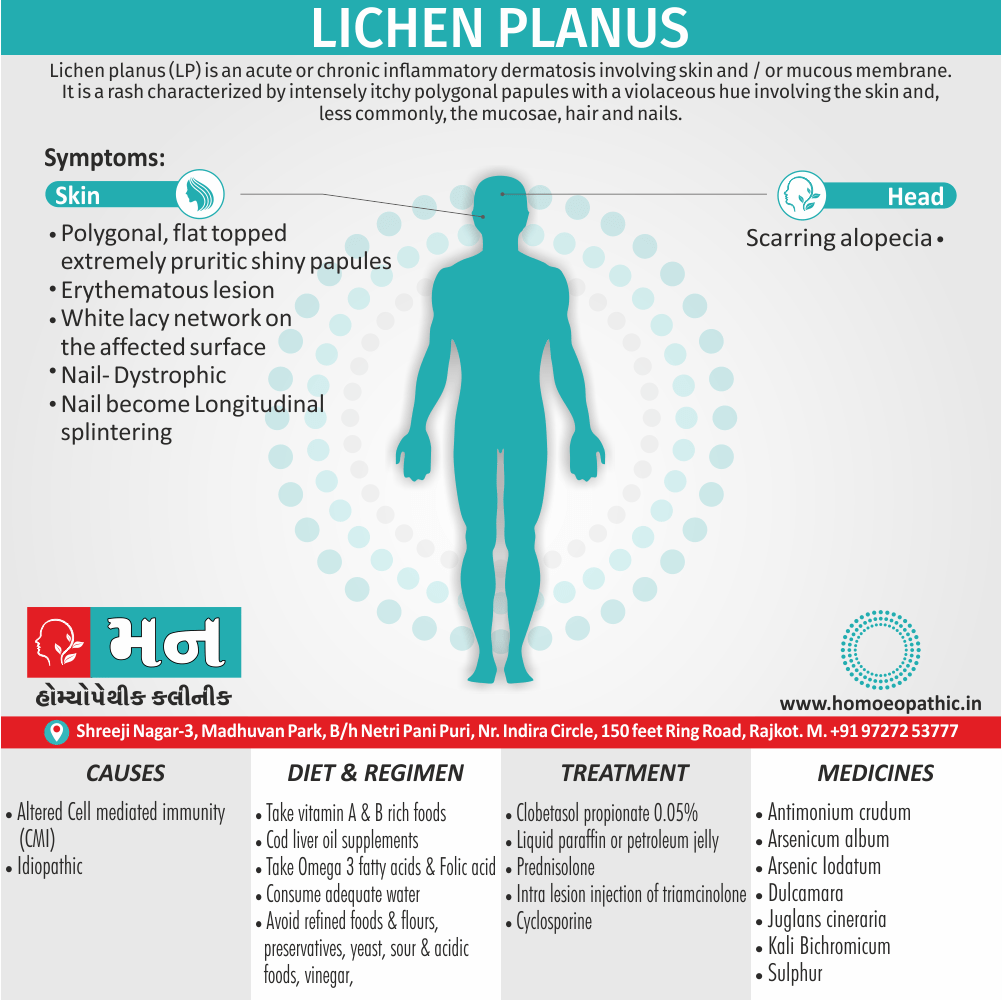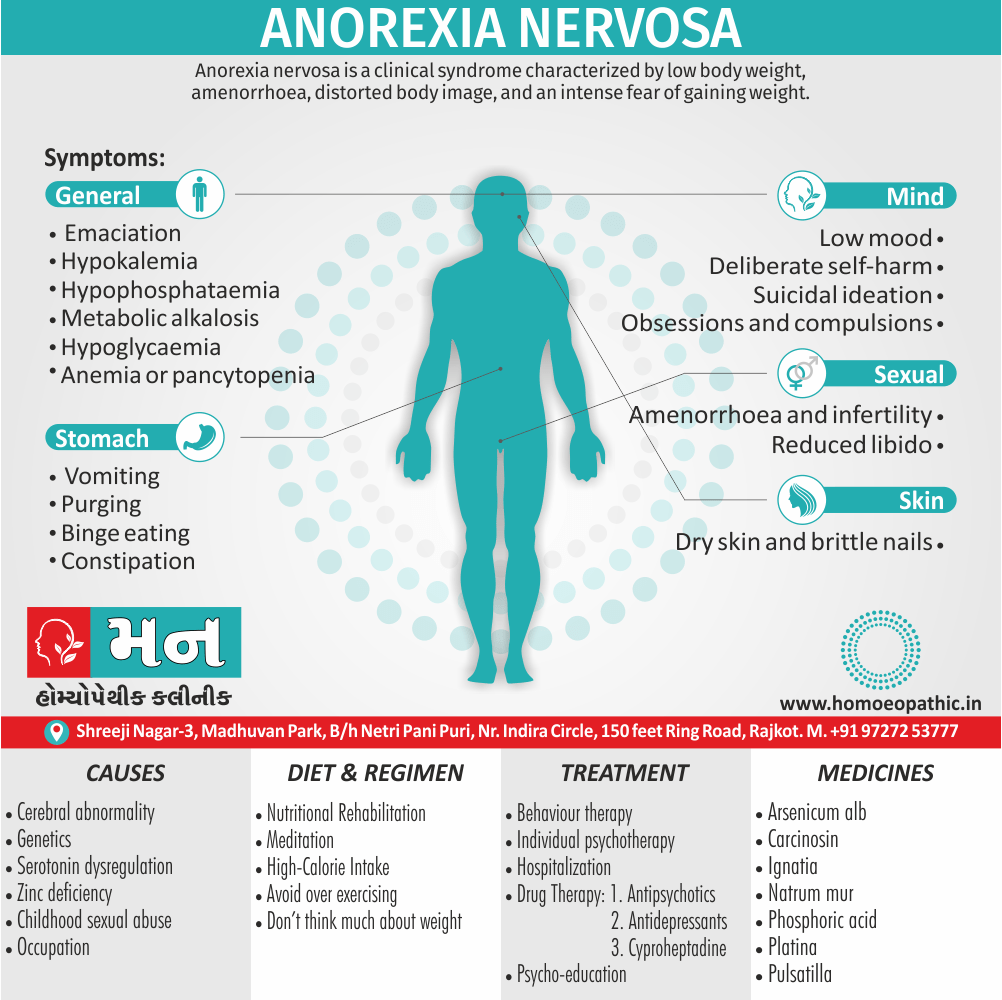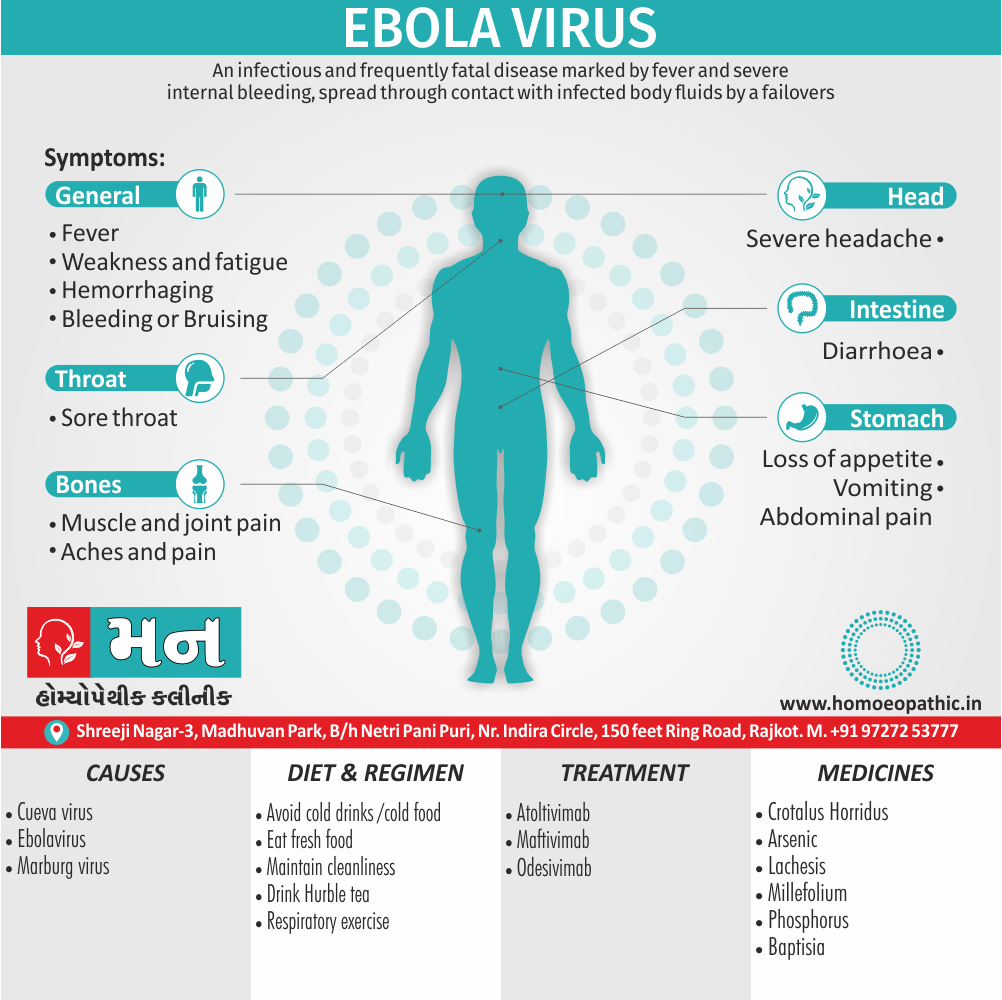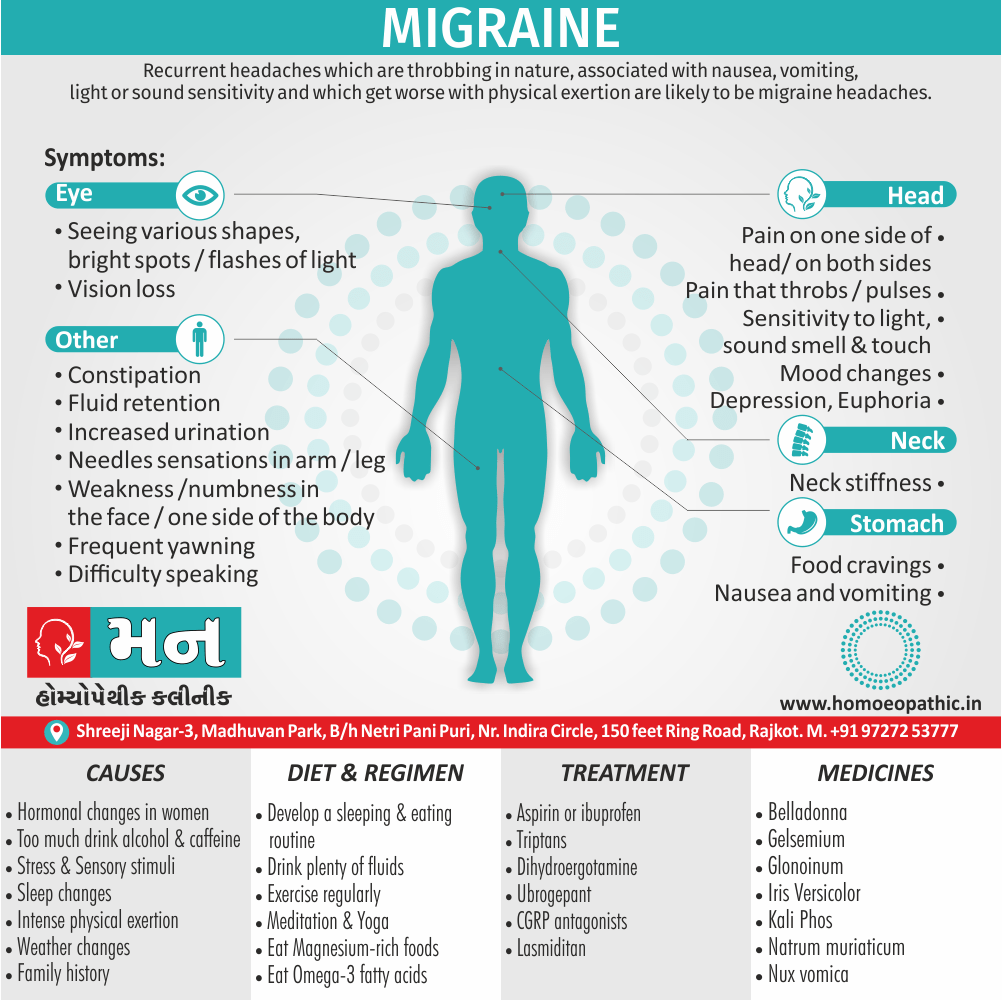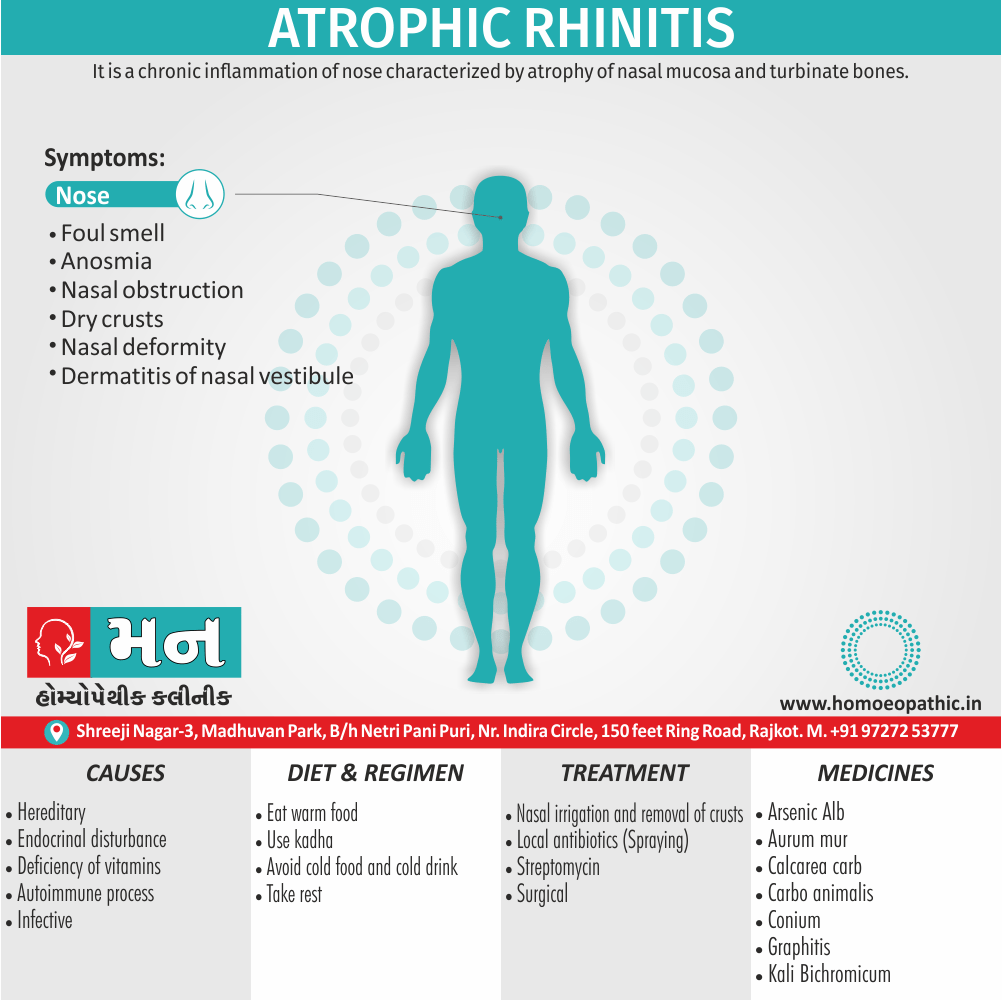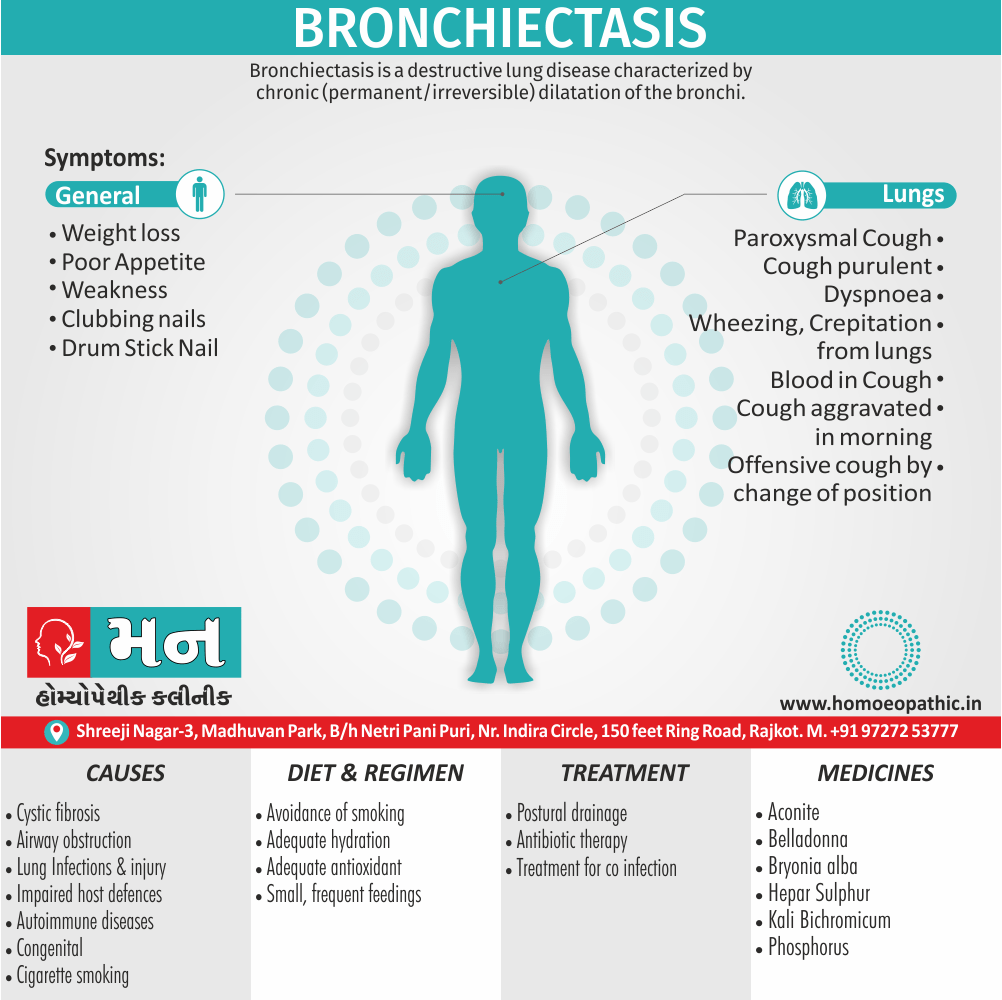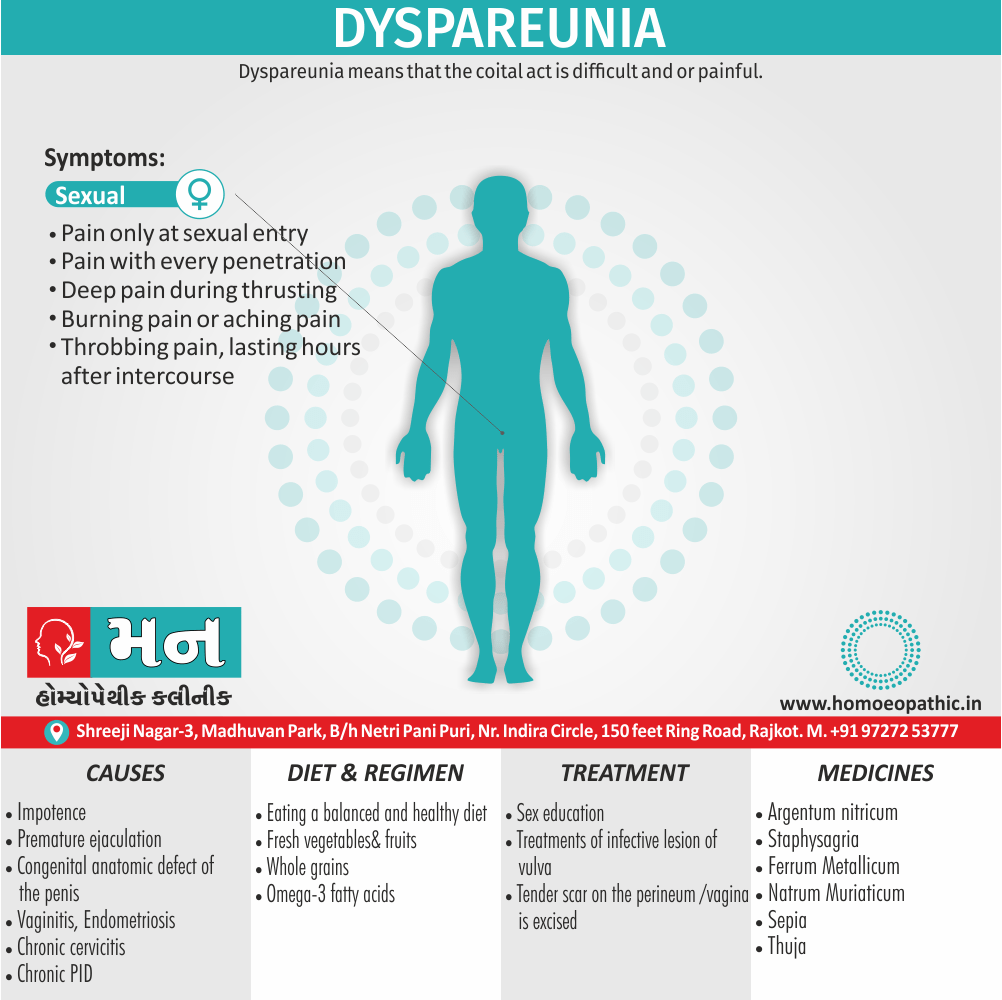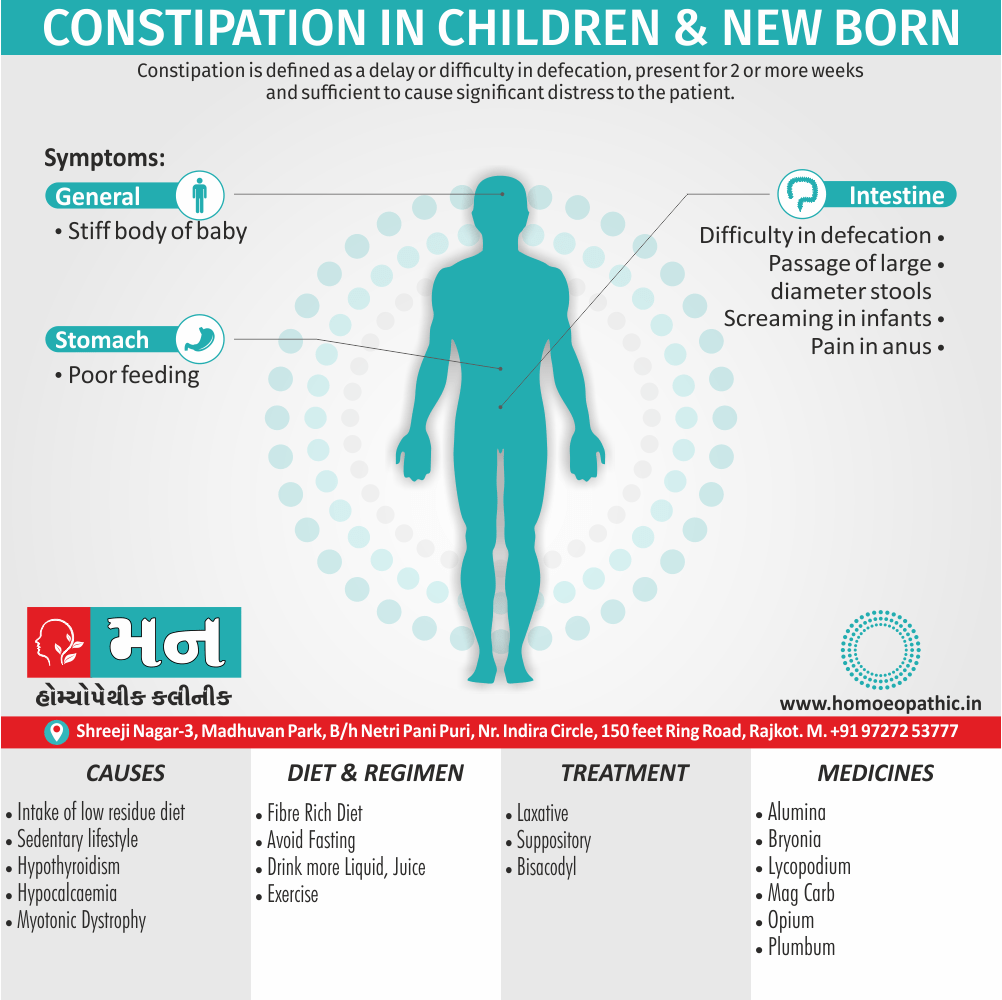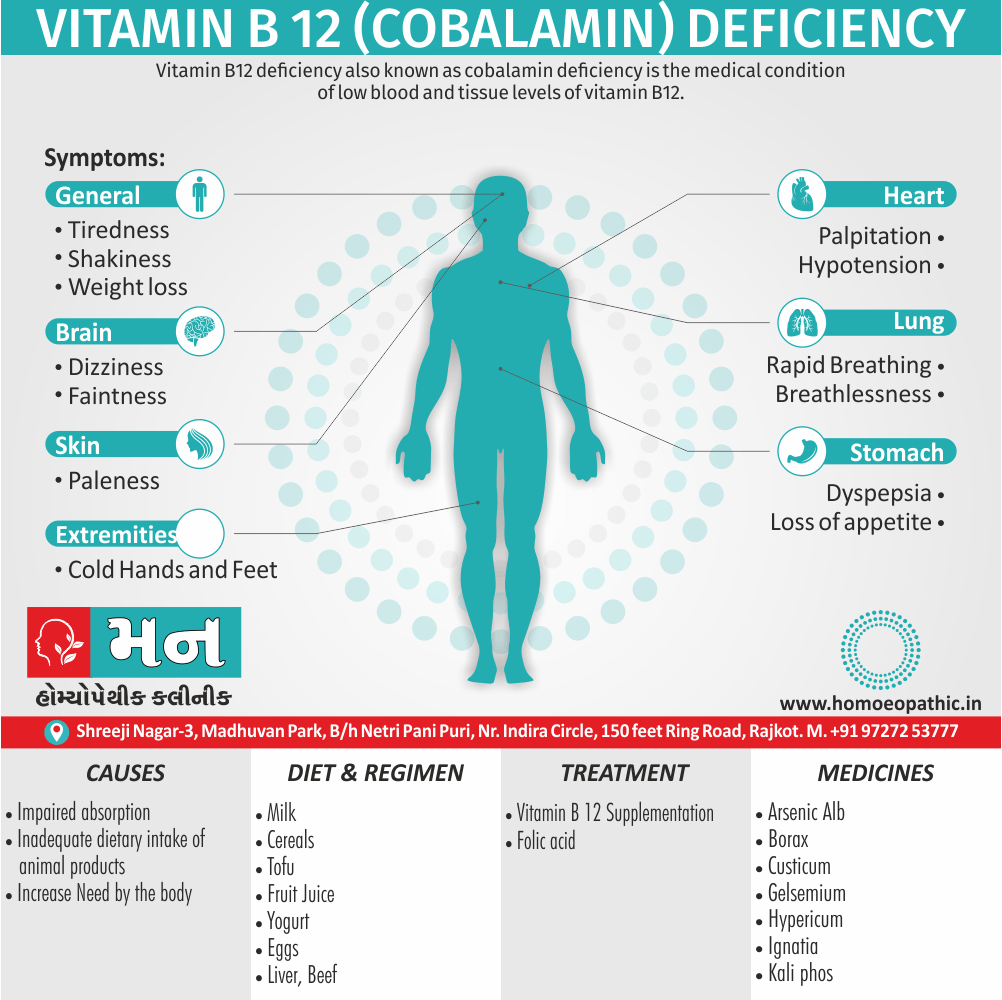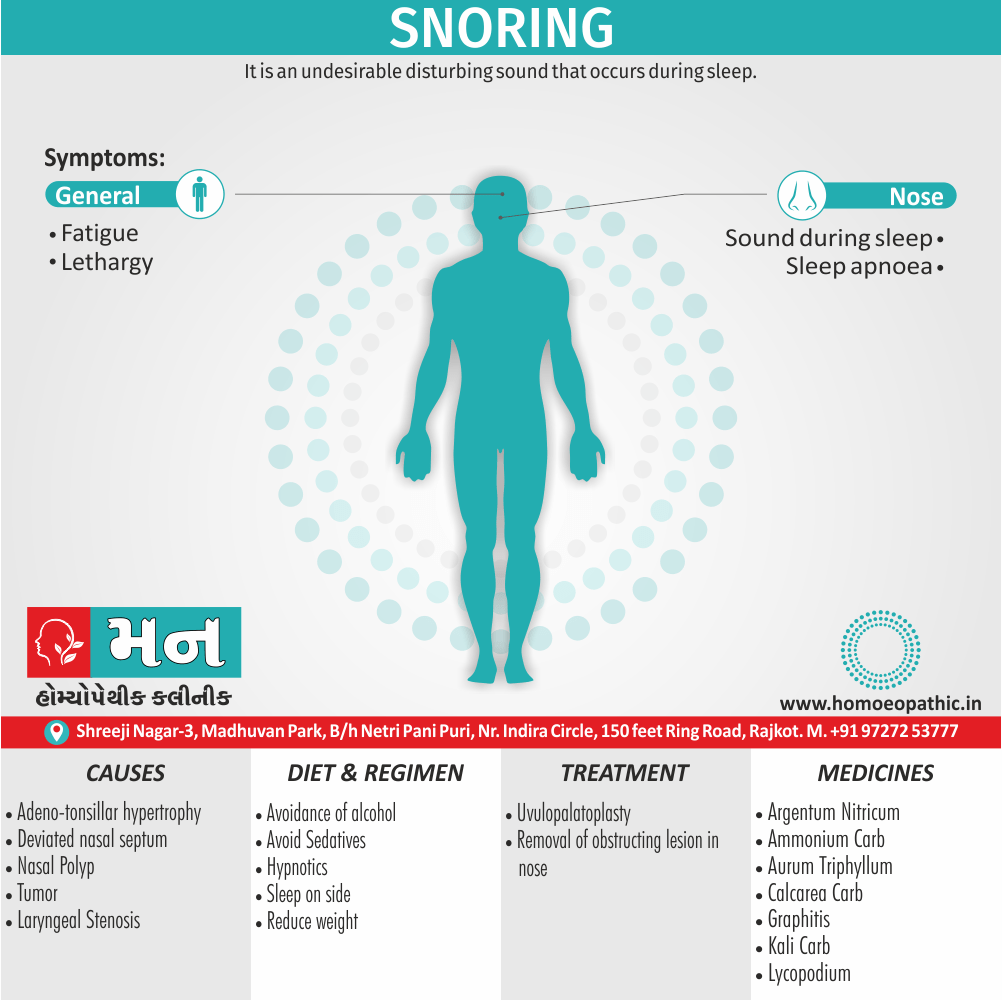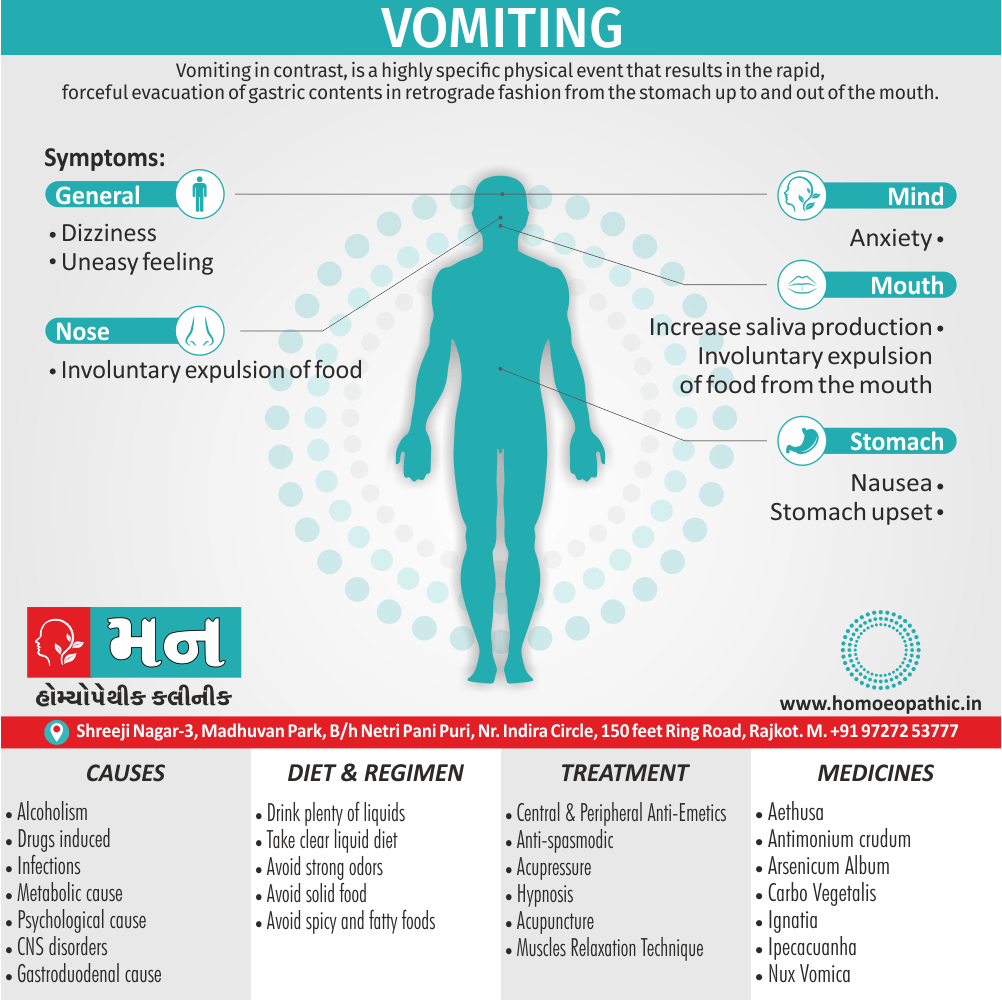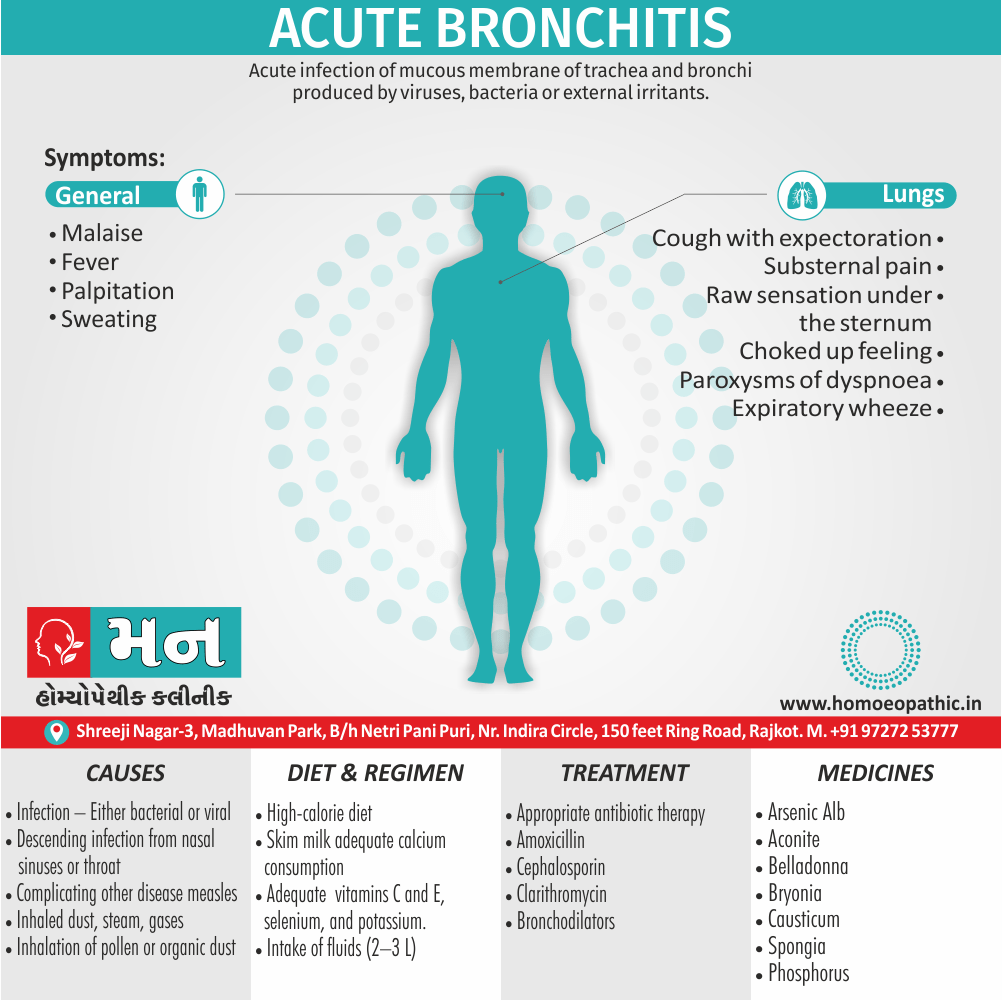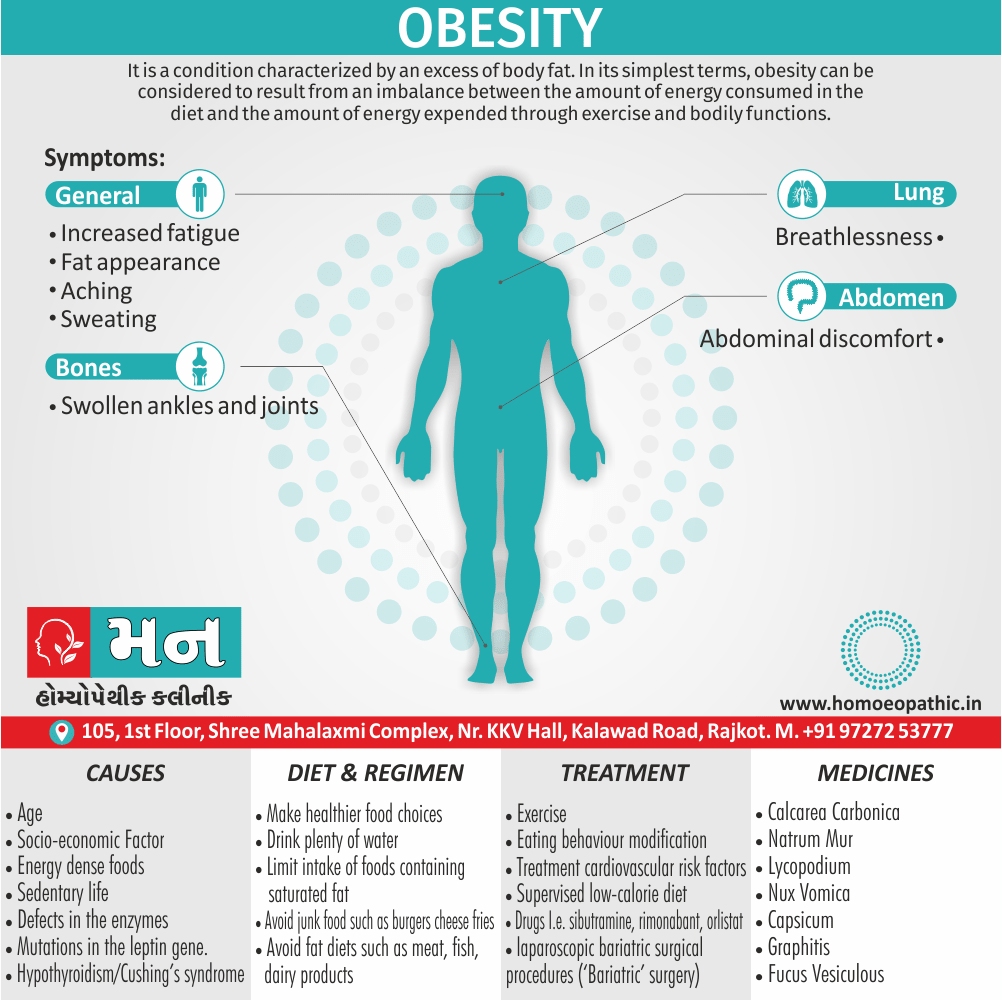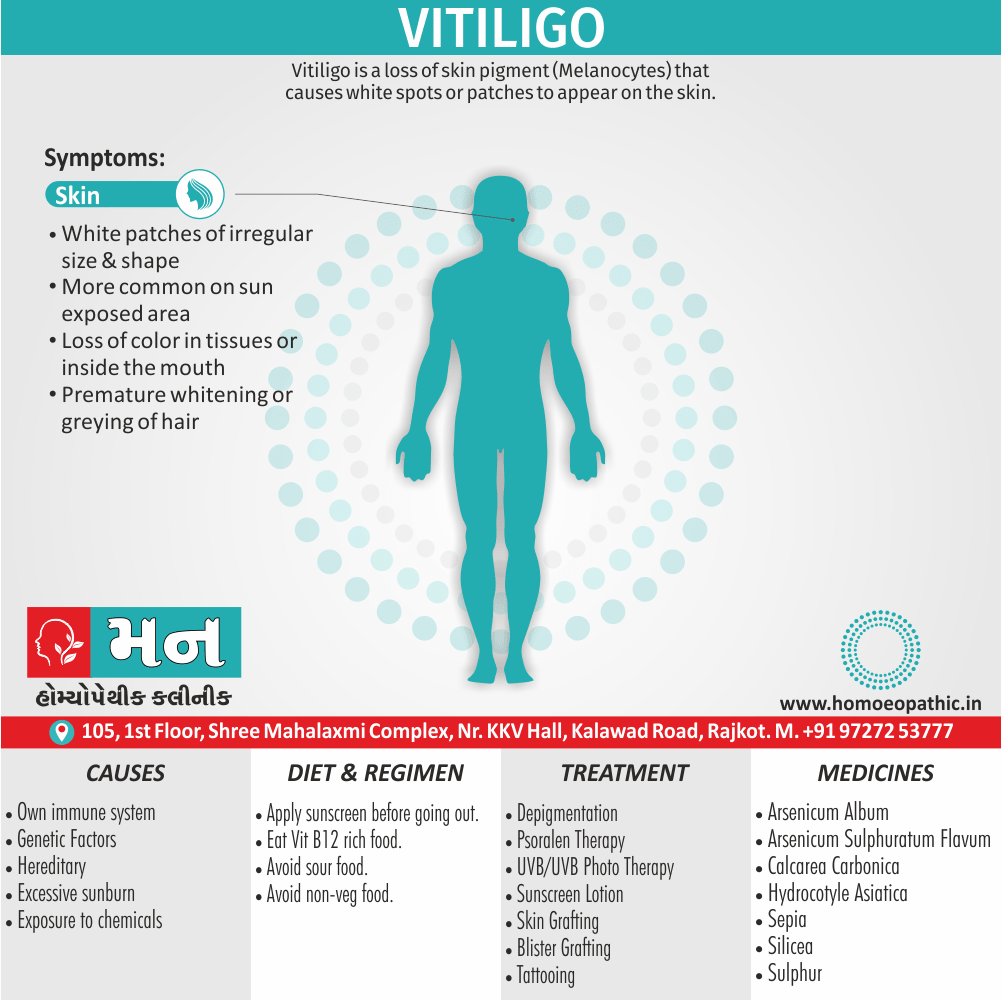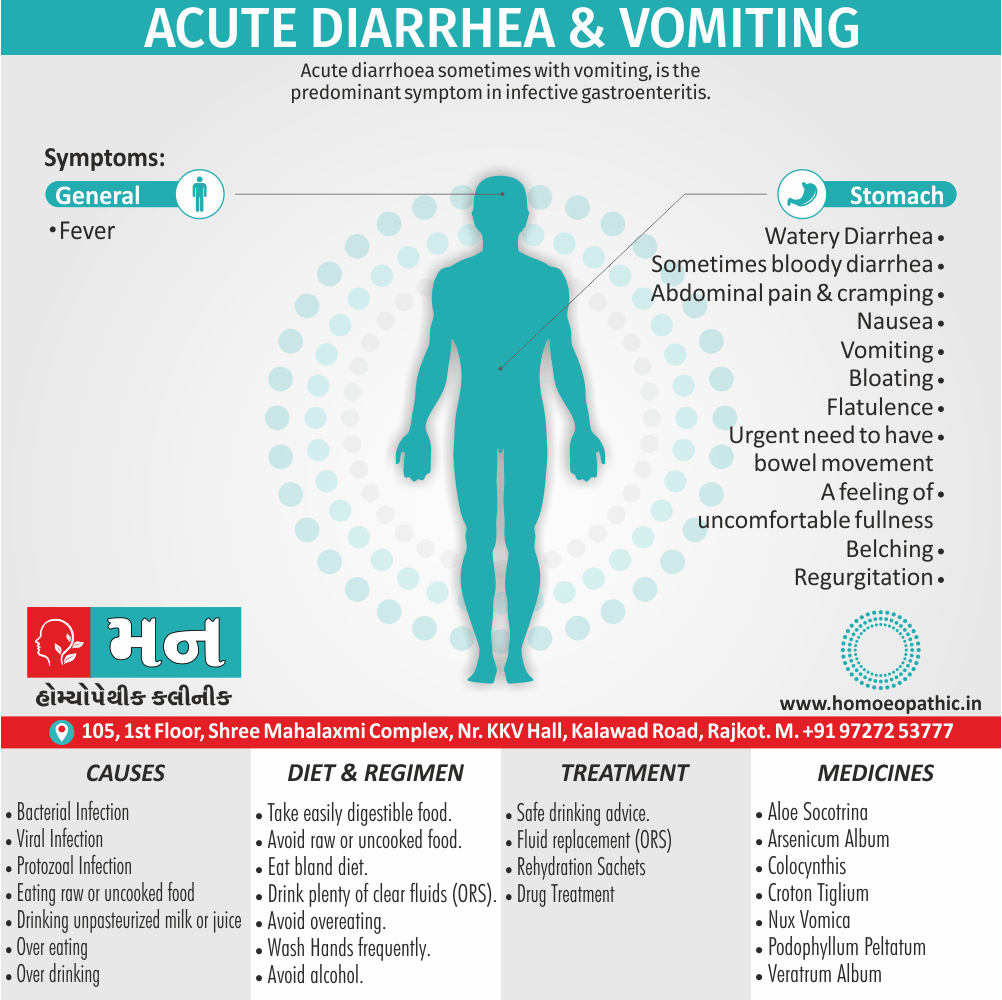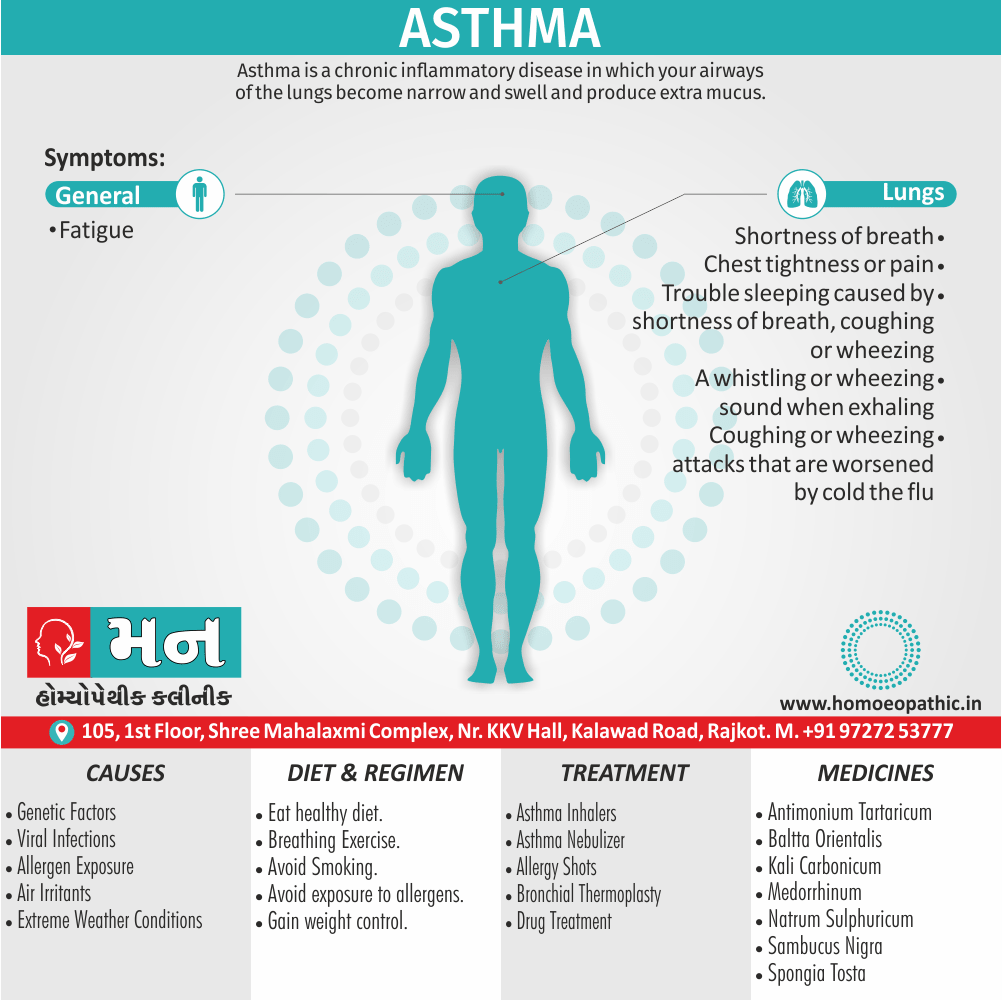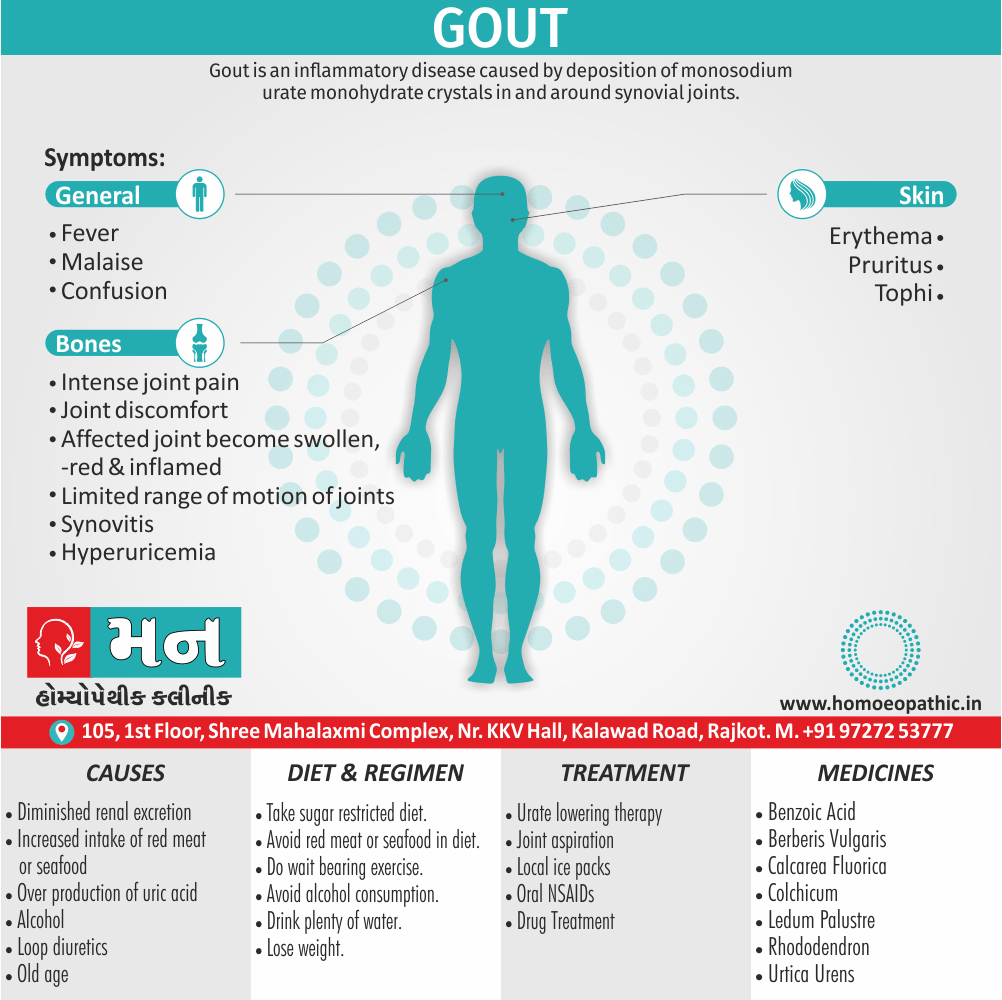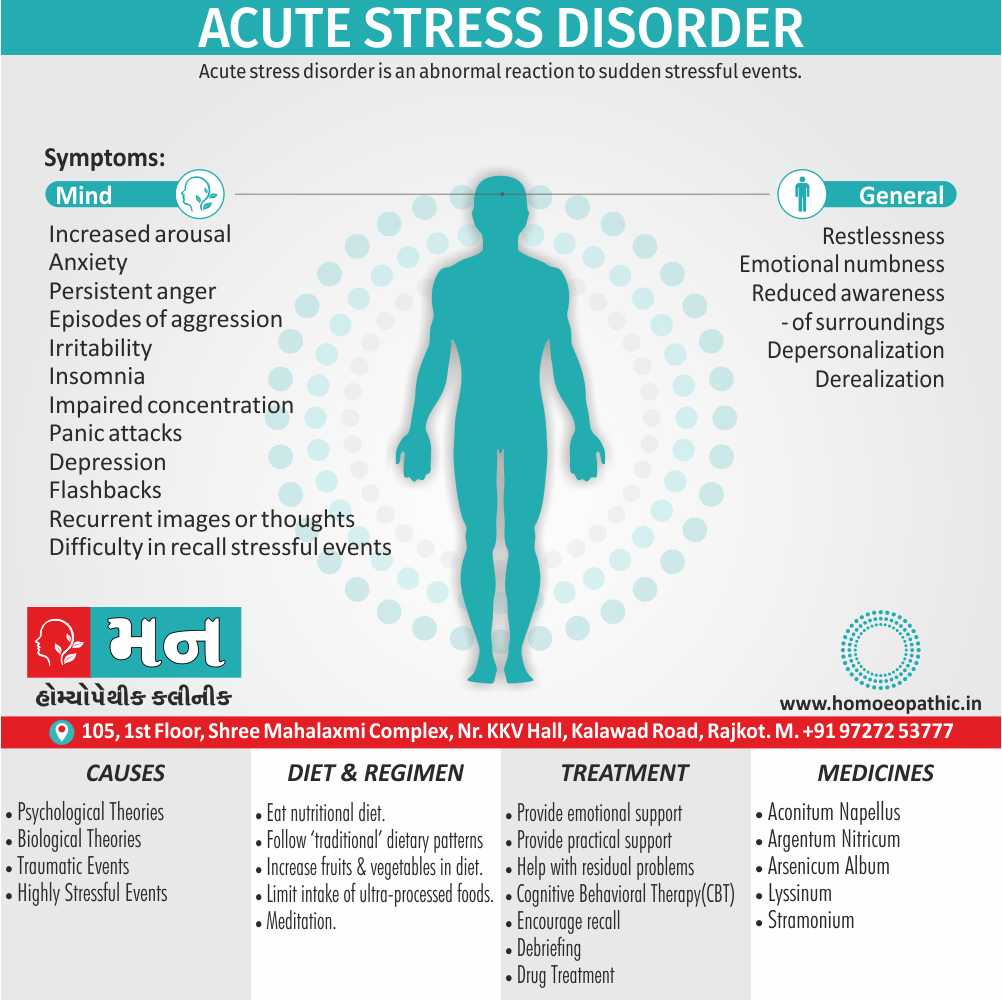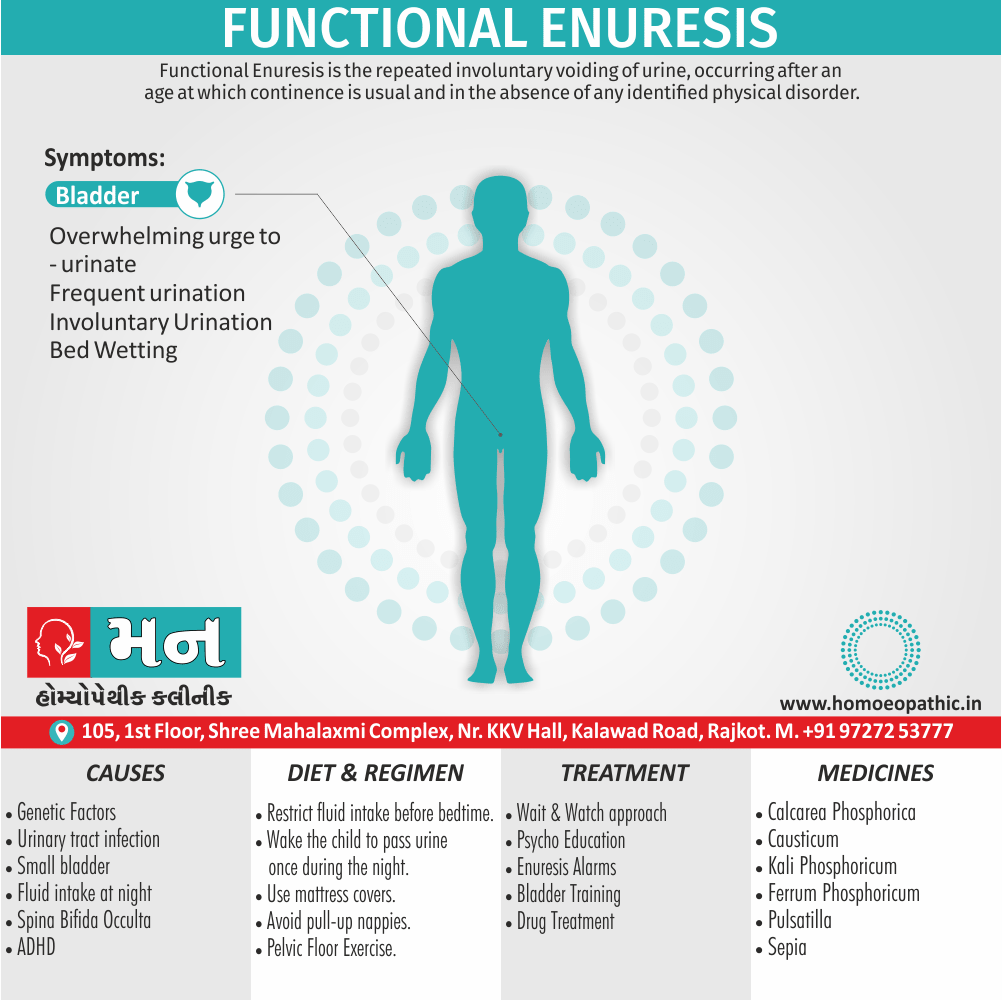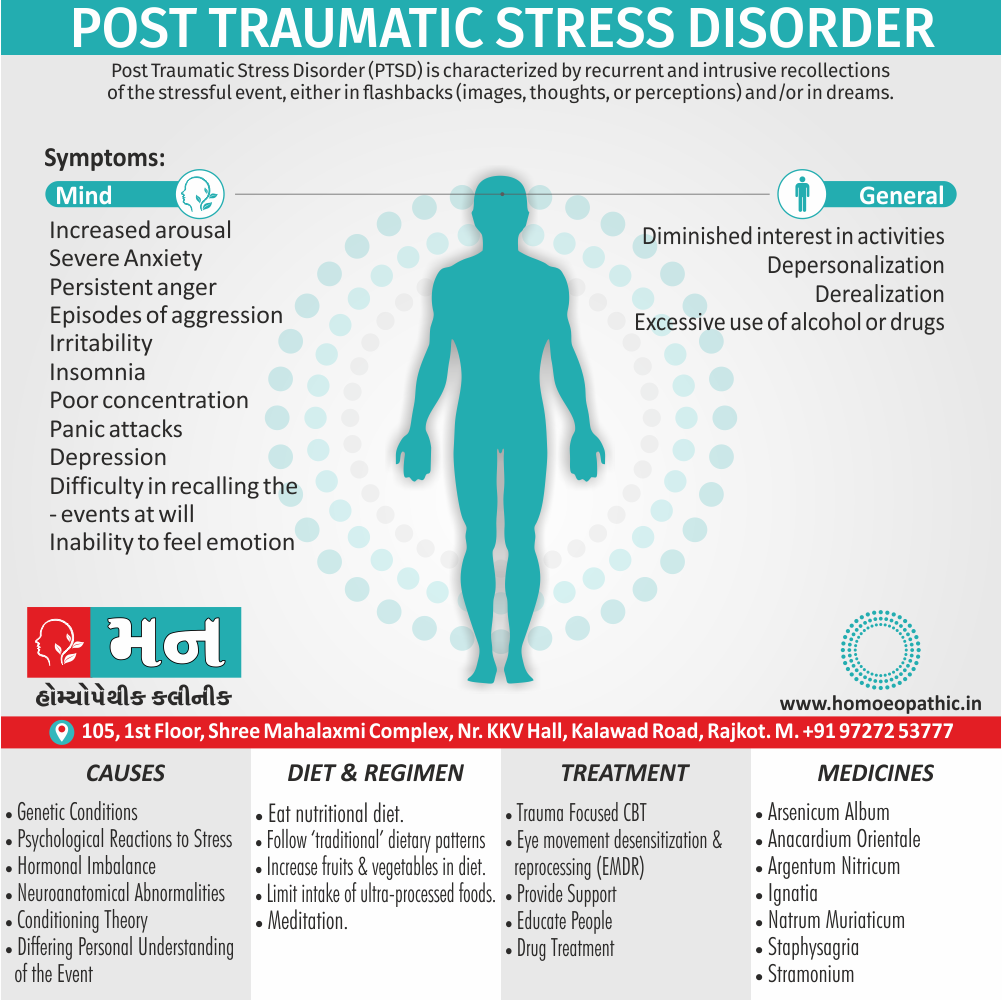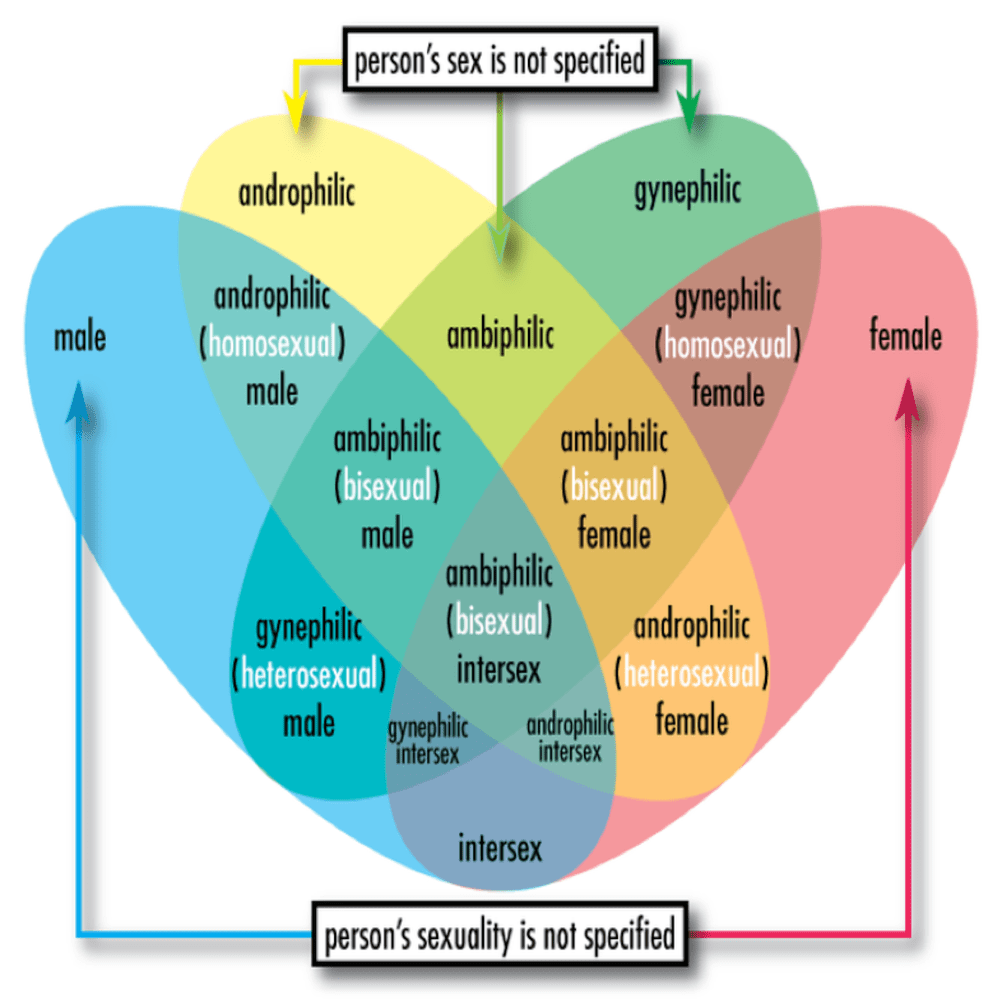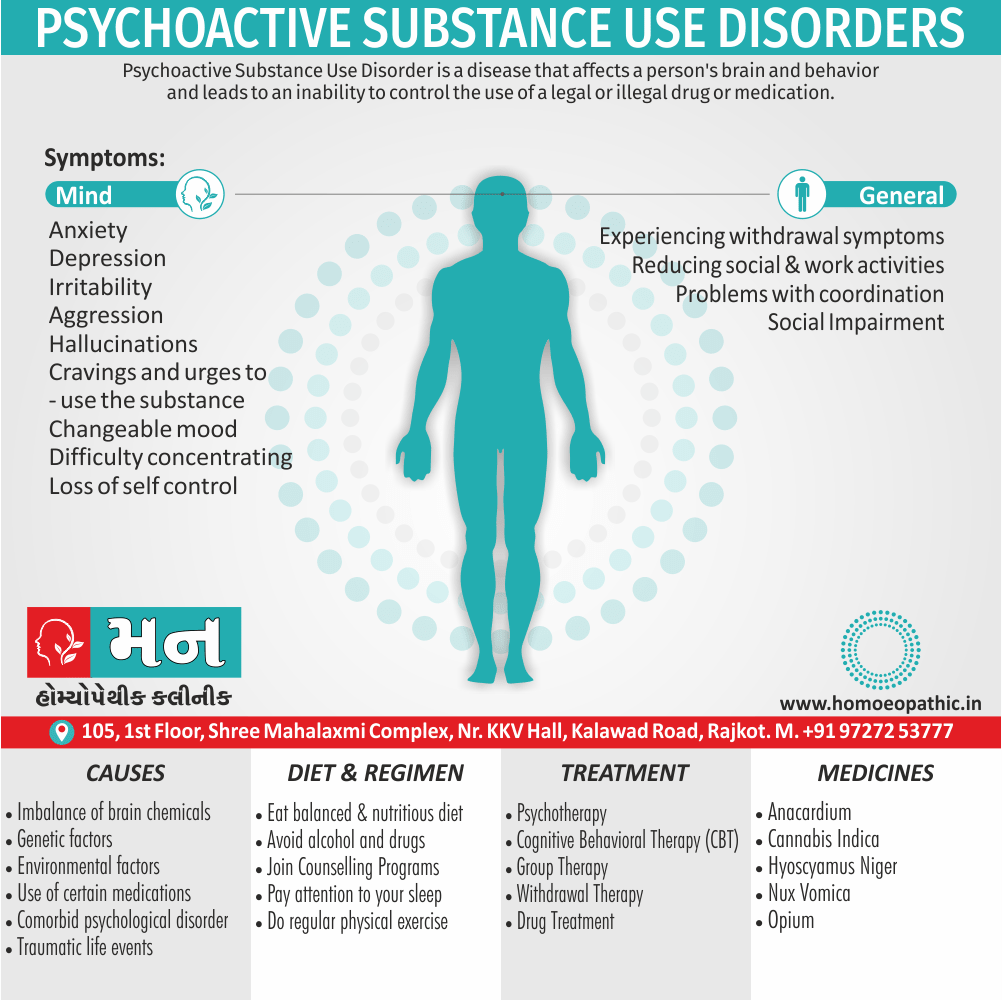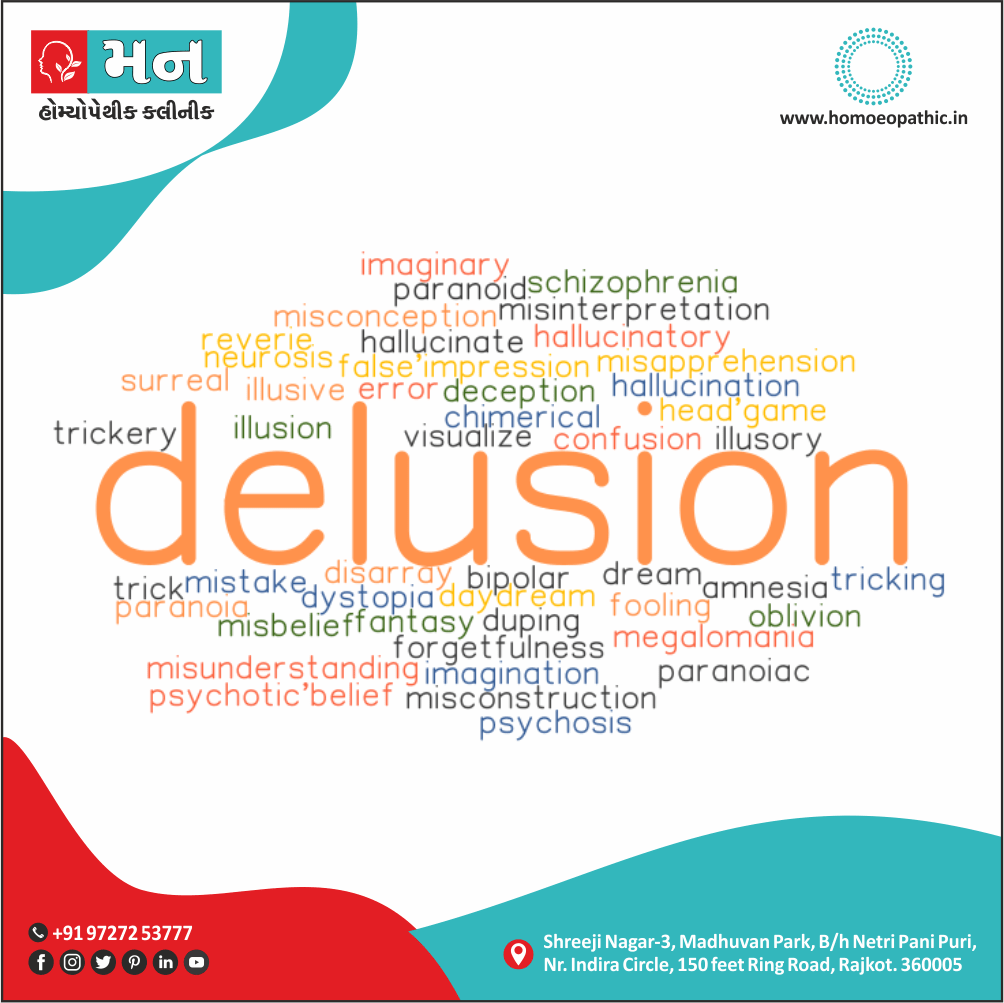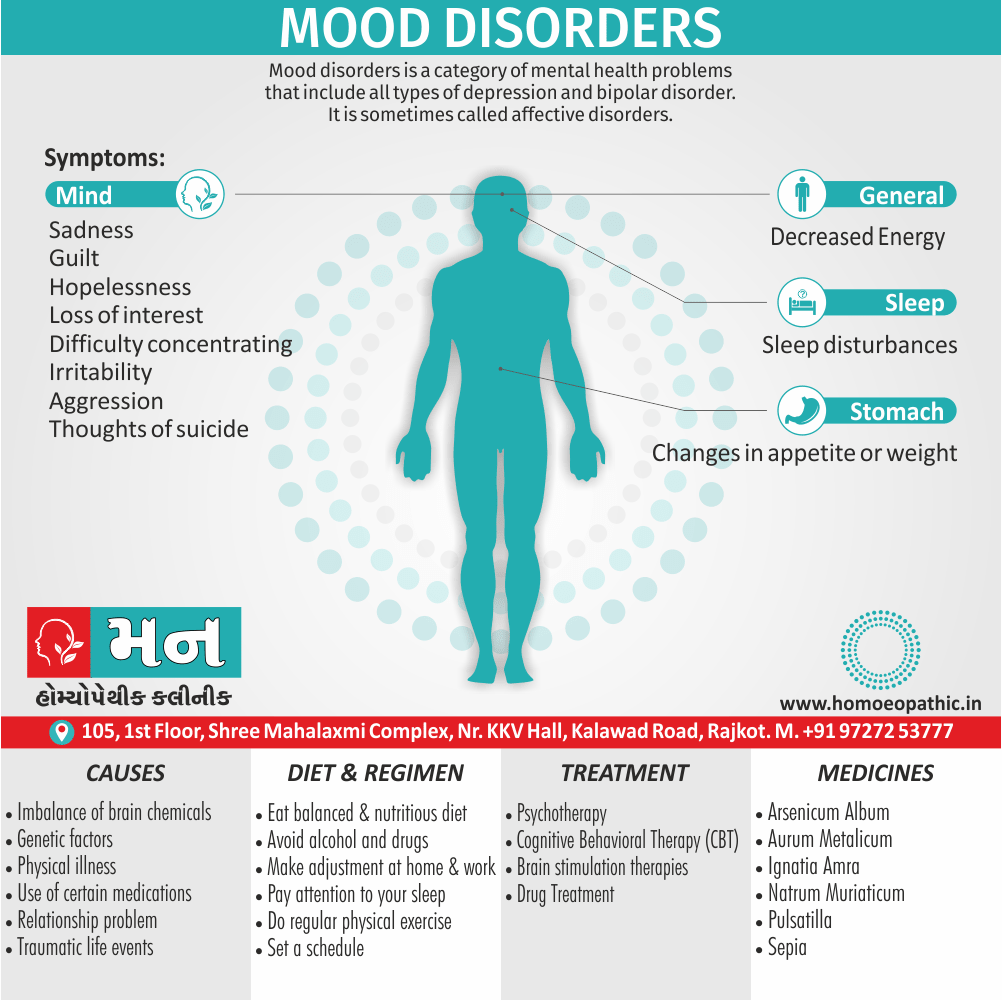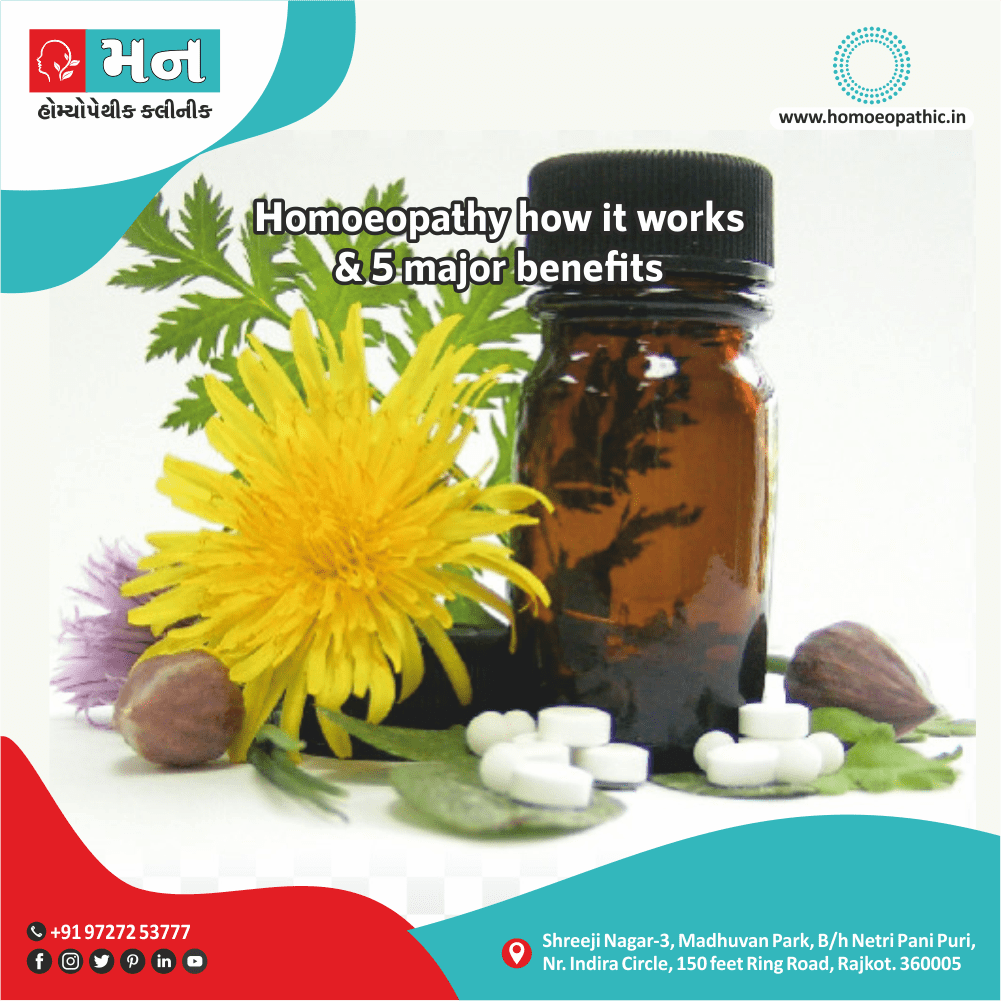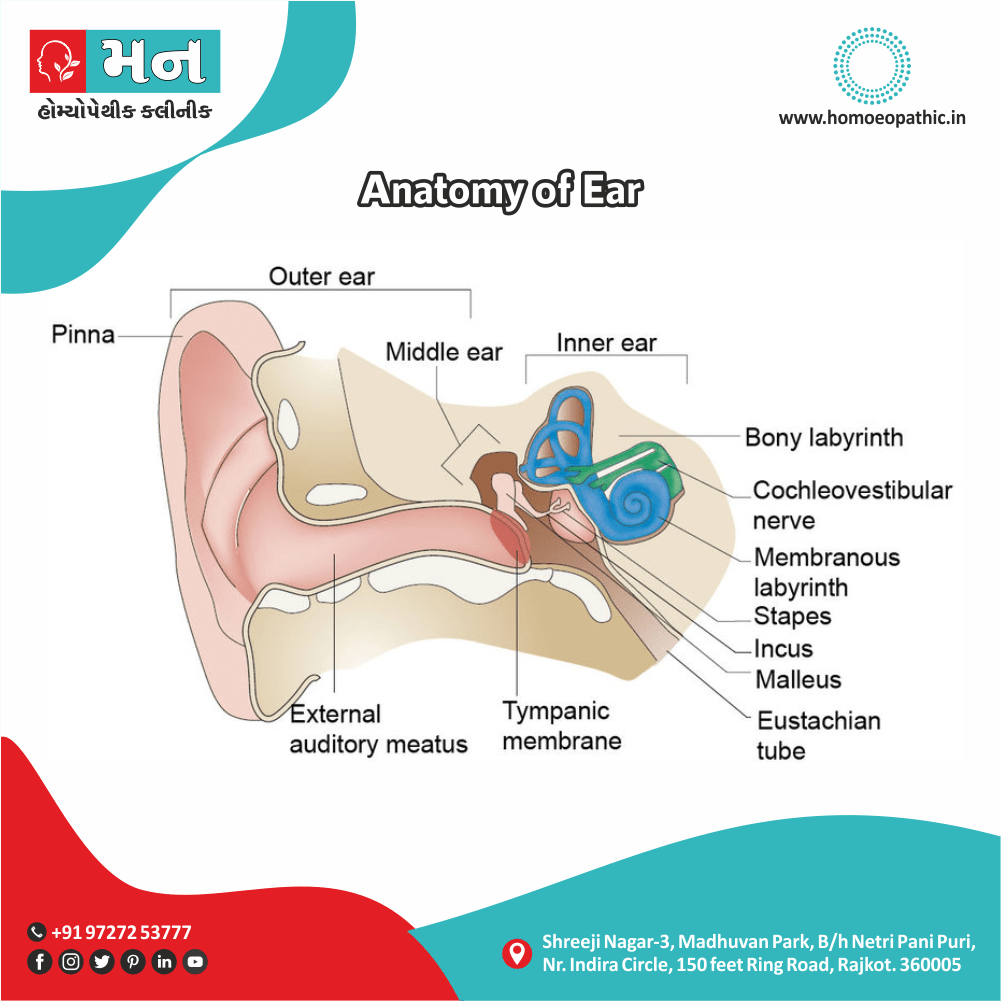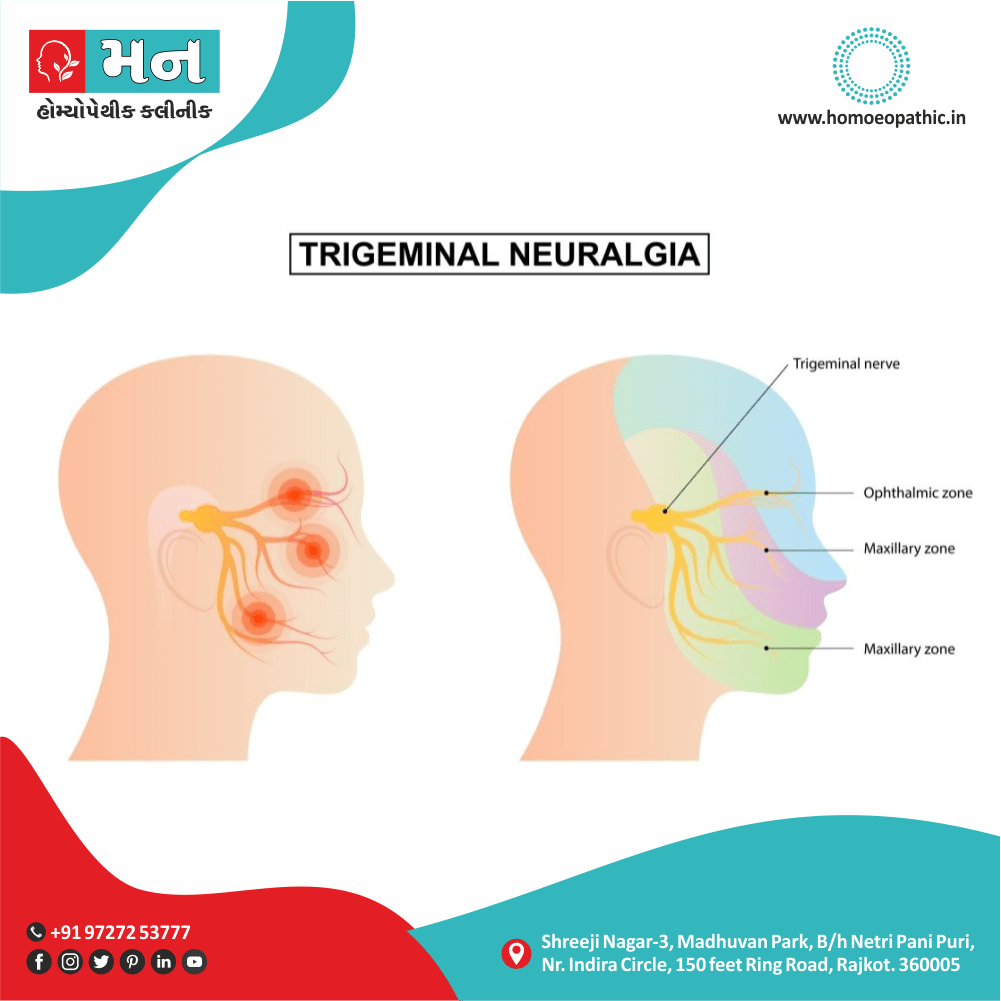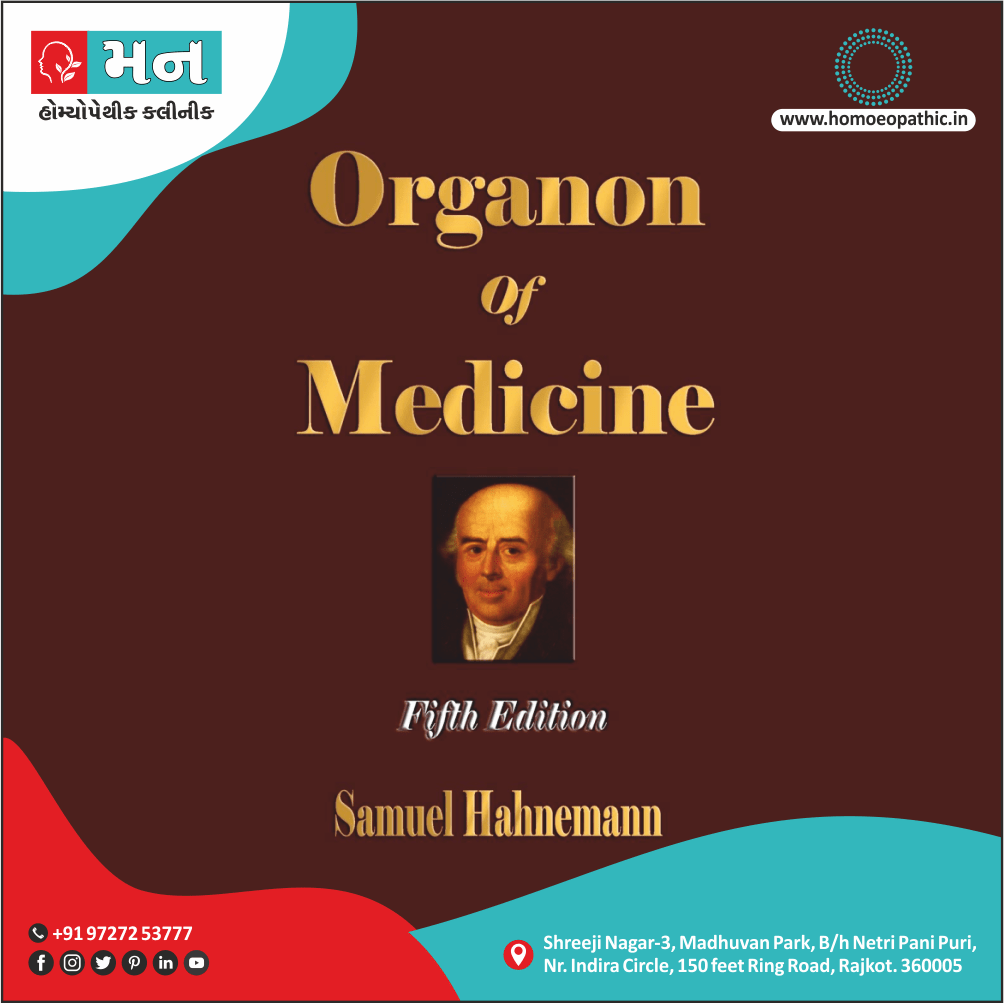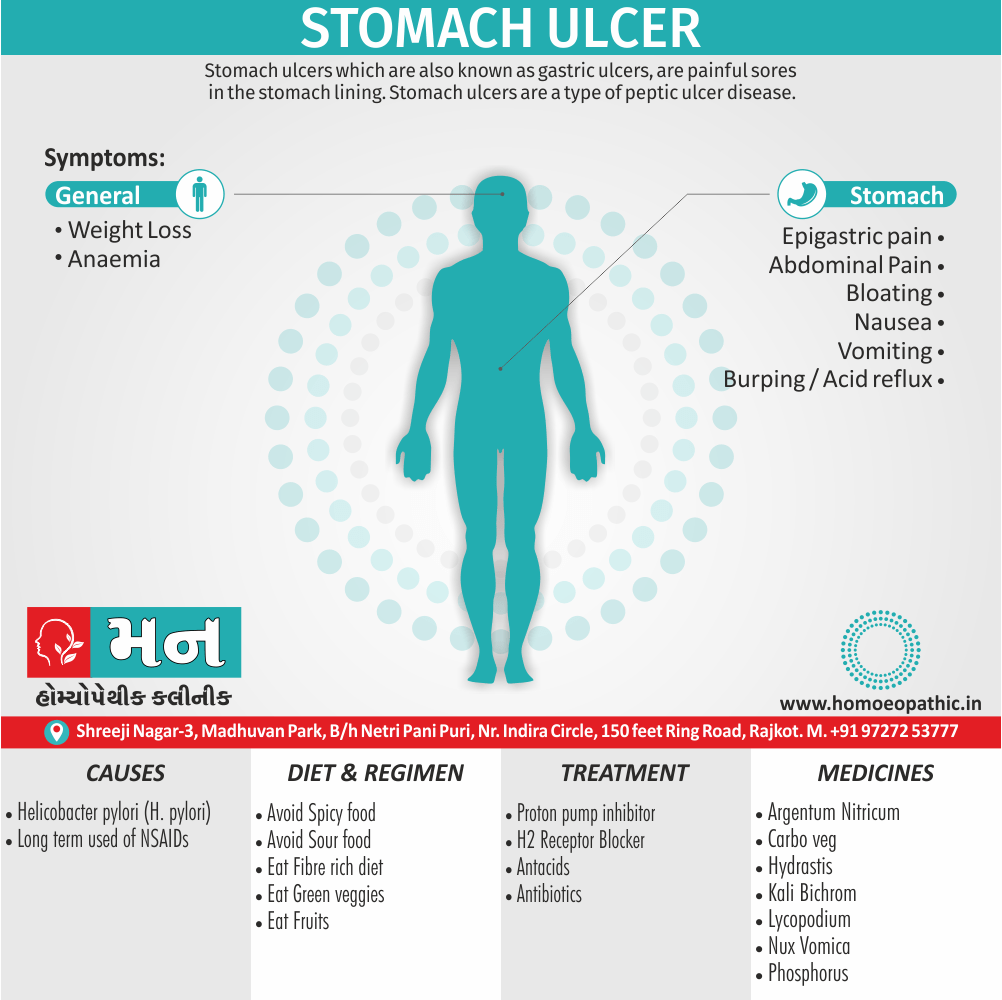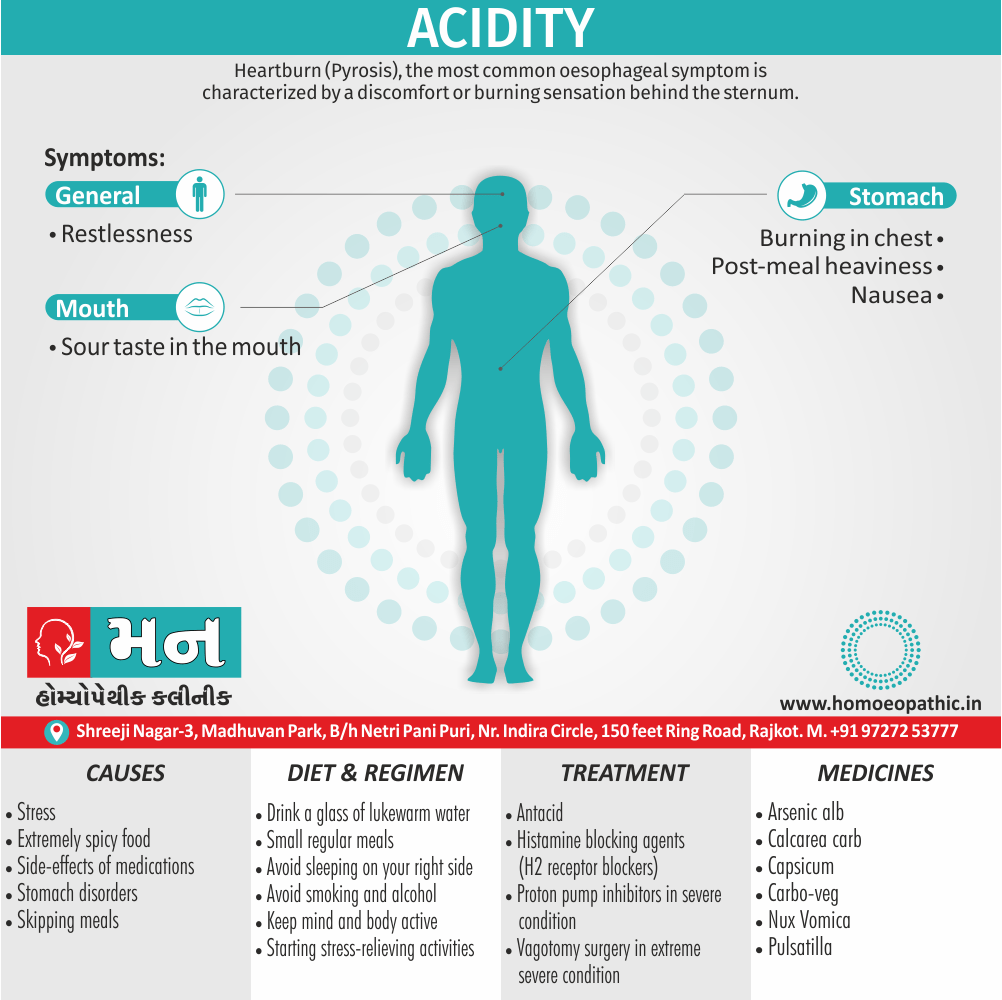Defination:
Back pain is a symptom of a medical condition, and not a diagnosis. It is ache, pain, tension that affects the muscles or bones of the back from the base of the neck to the hips
Overview
Epidemiology
Causes
Types
Risk Factors
Pathogenesis XXX
Pathophysiology XXX
Clinical Features XXX
Sign & Symptoms
Clinical Examination XXX
Diagnosis
Differential Diagnosis XXX
Complications
Investigations
Treatment
Prevention
Homeopathic Treatment
Diet & Regimen
Do's & Dont's XXX
Terminology XXX
References XXX
FAQ XXX
Also Search As XXX
Overview
BACKACHE
Low Backache (also called as ‘Lumbago‘) ranks at top for being the most common reason of backache. It is a leading contributor to missed work. Backache is because the lower part of the back bears the weight of your upper body and the weight you are carrying. It also twists and bends more than the upper back.
Sciatica is a common type of pain affecting the nerve, usually affects only one side of the lower body. In detail, Sciatic nerve is a large nerve extending from the lower back down the back of each leg and its affection is quite a common cause for backache.
If you are an adult aged between 35 and 55 years, you are more prone to suffer from backache due to the aging process.
Today’s modern lifestyles with either too little or too much exercise, sedentary work life are dominant contributors for backache.
Most of the time the cause of backache is physical, but you should be aware that emotional stress can affect the severity of the pain. Stress causes the back muscles to become tense and painful.
Acute or short-term backache
usually lasts from a few days to a few weeks. Most acute backache is mechanical in nature, the result of either trauma to the lower back or arthritis.
Chronic backache
means frequent or daily pain which can interfere with your life. Additionally, It can limit your activities and ability to work. It is often progressive and usually the cause is difficult to determine.
Pregnant females
Also suffer from low backache since the ligaments in the body naturally become softer and stretch to prepare for labour. This can put a strain on the joints of lower back and pelvis.
Children and teenagers
Also suffer from low backache these days due to the number of hours per week they spend in front of the TV or doing computer work, sitting posture, slouching or low levels of physical activity results in decreased muscle endurance.
Epidemiology
WORLD STATISTICS:
backache affects 8 out of 10 people at some point during their lives.
National Institute of Health Statistics survey indicated that low back pain was the most common (27%), followed by severe headache or migraine pain (15%), neck pain (15%) and facial ache or pain (4%).INDIAN STATISTICSIn India, nearly 60 percent of the people have significant backache at some time or the other in their life..
Backache is more common in Indian women (52.9%) than men (28.4%)MOST PREVALENT INWorldwide prevalence
Causes
90 % causes of Back pain are due to Mechanical problems. They are problems associated with the spinal column or surrounding muscles that may make you more susceptible to back pain. These include conditions such as:
- Strain is the most common factor in causes of backache that can occur due to:
- Injury of ligaments or muscles attaching to the vertebrae.
- a twisting motion
- poor posture
- carrying objects, throwing, bending or twisting improperly.
- vigorous coughing or sneezing.
Types
CATEGORY– Diseases of the Skeletal System
SYSTEM– Skeletal System
ORGAN– Spine, Vertebrae
ALTERNATE NAMES/COMMON NAMES– Low Back pain, Lumbago
NAMES IN DIFFERENT LANGUAGES:
Hindi- पीठ दर्द , कमर दर्द
Gujarati- પીઠનો દુખાવો , કમર દર્દ
French- mal au dos
Spanish- dolor de espaldaI
Risk Factors
Risk-Factors:
- Age: An adult aged between 35 and 55 years
- Genetic component for certain degenerative disc diseases.
- Sedentary lifestyle
- Women are more prone to suffer from backache than men
- Obese/Over-weight people are more prone to backache
- Strenuous exercises if not done properly
- Stressful job
- Anxiety
- Depression
- Pregnant woman
- Smoking and alcoholism
- Poor posture
- Occupation that requires long hour standing, bending, lifting heavy weights, etc.
- History of back surgery
- Accident/Injury to back
- Fitness level: backache is more common among people who are not physically fit.
- Weak back and abdominal muscles may not properly support the spine.
- “Weekend warriors”—people who go out and exercise a lot after being inactive all week—are more likely to suffer painful back injuries than people who make moderate physical activity a daily habit.
- Studies show that low-impact aerobic exercise is beneficial for the maintaining the integrity of intervertebral discs.[RF]
Pathogenesis XXX
Tab Content
Pathophysiology XXX
Tab Content
Clinical Features XXX
Tab Content
Sign & Symptoms
Symptoms
Upper and Middle Backache
COMMON SYMPTOMS OFBACK PAIN
- A dull, burning, or sharp pain.
- Muscle tightness or stiffness.
- Pain when you take a deep breath, cough or sneeze.
- Pain when your back is touched or when you move.
- Pain when you move your shoulders or bend your neck forward
SERIOUS SYMPTOMS OF BACK PAIN
- Weakness in your arms or legs
- Numbness or tingling in your arms, legs, chest, or belly.
- Loss of bladder/bowel control
The causes of lower backache may vary but most often they share the same symptoms of backache. They are:
- Persistent pain also stiffness anywhere from your base of neck to the tail bone.
- Sudden Shooting, stabbing pain
- The pain may be mild, or it can be so severe that you are unable to move.
- Chronic backache after sitting or standing for long hours
- Backache that radiates from the low back to the buttock, down the back of the thigh, also into the calves and toes.
- Difficulty to stand straight without either having pain or muscle spasms in the lower back.
Referred pain:
Pain felt at a site other than where the cause is situated. Along with other symptoms, one of the symptoms of the following conditions may be backache but the cause of the pain is different.
- Abdominal cavity e.g.
- Gastritis / peptic ulcer
- Pancreatitis
- Cholecystitis
- Urinary system e.g.
- Renal calculi
- UTI
- Pelvic cavitye.g.
- Ovarian cyst
- Dysmenorrhea
- Aorta e.g.
- Aortic aneurysm
Clinical Examination XXX
Tab Content
Diagnosis
Diagnosis :
Your doctor will first ask you about your symptoms, your work and physical activities, past health.
The doctor will be able to diagnose back pain after carrying out a physical examination.
Differential Diagnosis XXX
Complications
Complications:
- Limited mobility due to severe muscle spasms and pain which can cause missed days at work.
- Sleep disturbances due to constant pain.
- Depression: Due to less mobility, it can affect your social and work life.
- Weight gain: Backache causes a loss of activity and restricts movement leading to weight gain and obesity.
Visit your doctor immediately, if you have following "Red flags" symptoms:
- Backache with chest pain
- Being unable to move a part of the body
- Severe backache with weakness, tingling, or numbness in the arms or legs
- Difficulty in controlling urine
- Loss of bowel control
- Backache with fever
- Chronic back pain that has increased suddenly
- Pain wakes you up from sleep
Investigations
If the doctor suspects the backache might be due to an underlying cause or injury, or when the pain has persisted for too long, he may recommend following investigations:
- X-rays can be done when arthritis or broken bones are suspected.
- MRI or CT scans– reveals herniated disks or problems with tissue, tendons, nerves, ligaments, blood vessels, muscles and bones.
- Bone scan– used for detecting bone tumors or compression fractures caused by brittle bones (osteoporosis)
- Electromyography or EMG– It can confirm nerve compression which may occur with a herniated disk or spinal stenosis (narrowing of the spinal canal).
- Blood test if infection is suspected.
Treatment
Treatment:
Spontaneous recovery is the rule: 90% resolve over 6 weeks with proper conservative care.
Resting is helpful, but too much rest may actually be counterproductive.
Conventional treatment for back pain includes administration of pain-killers, muscle relaxants, cortisone injections, and anti-depressants. Besides this, they give relief which is short term, coming along with many side-effects.
They are contra-indicated in children, pregnant women, elderly and immune-compromised individuals.
Lumbar belt is advised to those with low backache in treatment for backache. It can help to ensure proper posture which reduces muscle strain and thus the odds of aggravating the back pain.

Physiotherapy: It is one of the most widely used forms of treatment adopted for gaining relief from low back pain in treatment for backache.
Patients are referred for physiotherapy for four weeks as initial conservative treatment before any other treatments including surgery. It decreases back pain, increases function of back.
Surgery for back pain is very rare, required only in 5 % of cases. It may be an option if there is persistent pain and nerve compression which can lead to muscle weakness.
TENS (transcutaneous electrical nerve stimulation) – is a popular therapy for patients with chronic (long-term) back pain in treatment for backache. The results vary in individuals, for some it has proven helpful, while others have got no benefit from it. It is not advisable in pregnant women, epileptic cases, person with heart disease as treatment for backache.
Prevention
To prevent upper, middle or low back pain you must:
- Warm up and perform stretching exercises before doing your activity.
- Furthermore, If your work requires sitting for long hours, making sure you take frequent breaks to stretch your back.
- Don’t twist when you are lifting heavy objects.
- Stop smoking, if you smoke.
- Lose weight by adopting healthy eating if you are obese.
- Stand upright, head facing forward, back straight, also balance your weight evenly on both feet.
- Sit upright with support to the small of back.
- Push things, also do not pull them.
- Wear flat shoes which put less strain on back.
- Lastly, Sleep on a firm mattress that keeps your spine straight.
Low back pain in children can be prevented by i.e.:
- Physical activity is very important for trunk muscle strength and endurance. In detail, Regular activities like walking, running, swimming, dancing can help children to avoid low backache. Also take care that they don’t overdo any activity as it increases risk of injuries.
Prevention of backache during pregnancy i.e.:
- Avoid lifting heavy objects
- Make sure you get enough rest
- Bend your knees and keep your back straight when lifting or picking up something from the floor
- Avoid twisting your spine, instead move your feet if you have to turn around
- Wear flat shoes as these allow your weight to be evenly distributed
Sit with your back straight and well supported
What to do if you suffer from sudden back pain?
- Rest: Short-term bed rest is required when in severe back pain and muscle spasms. Bed rest for more than 48 hours is rarely recommended.
- Applying ice or heat directly to the area of low back pain can help to decrease inflammation, and ease your discomfort.
- Exercise is important for you with back pain to maintain mobility. Exercise also releases endorphins- the body’s natural painkillers. Stretching exercises must be done under guidance of healthcare professional.
DO’S
- If your job requires sitting for long hours, sit only for short period, taking breaks in between.
- Place a supportive towel roll at the belt line of your back when sitting in a car.
- Avoid bending forward at the waist.
- Sleep on a firm surface.
- Keep your back straight when performing activities like vacuuming, sweeping, etc.
- Lift heavy loads as a team and not alone.
- Try sleeping on your side with your knees slightly bent and a comfortable pillow placed between the knees, this helps to avoid exerting the back.
DON’TS
- Don’t lift heavy load by bending your back. Your feet should be wide apart, head and back straight. Keep the abdominal muscles tight and then load in close.
- Don’t lift and twist in one motion.
- Do not place your legs straight out in front of you while sitting.
- Do not sleep on your stomach.
- Don’t slouch when sitting.
- Don’t sit for long period of time.
- Don’t use a work surface that is too low or too high, which can put strain on your back and shoulders respectively.
- Don’t sleep on too-soft mattress, even it feels comfortable.
- Don’t stay in bed for too long.
- Don’t smoke or use tobacco.
Homeopathic Treatment
Homeopathic Treatment:
Homeopathy is a science which is able to treat the symptoms of backache without obscuring them, takes them as a guide and remove the severe pain, stiffness, and muscle spasms thereby relieving the patient.
Homeopathic treatment for back pain helps by:
- Strengthening the muscles of back and controlling the pain
- Making bones stronger
- Reducing the intensity and progress of the disease
Most importantly, homeopathic treatment for back pain can prevent you from the complications that could follow the disease.
Homeopathic treatment for backache has more than 50 remedies to control the backache, some of them include:
FEW OF OUR AMAZING REMEDIES FOR BACK PAIN INCLUDES:
Arnica: Specifically, Helps any type of backache that comes on after a back injury or overexertion. The pain gets worse with motion. The pain improves when the person lies down and rests. Furthermore, It is one of the leading remedies in homeopathic treatment for backache.
Ledum: It is useful in homeopathic treatment for back pain when the person experiences stiffness in the back, especially after sitting still for a long time. Backache becomes worse at night.
Mag phos: Helps sharp pains in the back that get better from warmth and pressure.
Rhus tox: Pain that comes on beginning of a motion but gets better with continual motion. Pain feels as if the back is broken. Rhus tox is an important medicine used in homeopathic treatment for backache.
PAIN: Lumbar region, lumbago: Lying: Agg.: Back, on: 1Am-m, 3Ars, 1Bamb-a, 3Bry, 1Carb-an, 1Carc, 3Chin, 4COLOC, 1Harp, 1Ign, 1Kali-n, 3Lyc , 1Mag-s, 1Nit-ac, 1Prun,4RHUS-T, 1Sep, 1Tylo-i, 1Zinc.
PAIN: Lumbar region, lumbago: Lying on back: Amel.: 1Ambr, 1Carc, 2Cassi-s, 1Cob, 1Colch, 1Gink, 1Gnaph, 3Kali-c, 1Lat-h, 4NAT-M, 1Ozone, 4RHUS-T, 3Ruta, 1Sanic.
PAIN, BACK : Pregnancy, pain during :-Murphy->Back:2Aesc, 1Kali-c.
PAIN, BACK : Pressure, pain from :-Murphy->Back: 1Acon, 1Aesc, 1Agar, 1Ang, 1Arn, 1Ars, 1Bell, 1Canth, 1Chel, 1Chin-s, 1Cimic, 1Cocc, 2Colch, 1Coloc, 1Croto-t,2Hep, 1Lac-c, 1Lach, 1Phos, 1Plat, 1Plb, 1Ruta, 1Sil, 1Sulph, 1 Tarent, 1Ther, 1Thuj, 1Verb.
The remedy abbreviations with
- 4 marks- most effective,
- 3 marks- quite effective,
- 2 marks- less effective,
- 1 mark- least effective.
Diet & Regimen
Calcium
Maintain the normal level of bone mass, helps prevent development of osteoporosis. Additionally, Almonds, sesame seeds, kale, turnip greens, white beans, black-eyed peas and oranges.
Vitamin C
- Reduces inflammatory process. Extremely important for healing problems caused by injured tendons, ligaments and vertebral discs, keep the bones and other tissues strong.
- Citrus fruits, broccoli, Brussels sprouts, tomatoes, green peppers, melons, kiwis, strawberries, alfalfa sprouts also the skins of potatoes.
Vitamin D
- Generally, Helps improve calcium absorption.
- Obtained by spending time in the early morning sunlight. Naturally occurring in egg yolks and fish oils; also found in most brands of fortified milk.
Iron
- Aids in the production of myoglobin, an important element of healthy muscles that are needed to support the spine.
- liver, pork, fish, shellfish, red meat and poultry; lentils, beans, soy, eggs, grains, and green leafy vegetables such as spinach, kale and broccoli.
Magnesium
- Helps in relaxing and contracting of muscles.
- Whole grains and whole-grain breads, beans, seeds, nuts, potatoes, avocados, bananas, kiwi fruit, and green leafy vegetables such as spinach, kale and broccoli.
Avoid eating following foods since they are known to increase inflammation and pain:
- In brief, Red meat
- White bread, white pasta, white rice
- Whole-fat dairy products
- Sugary drinks also snacks
- Fried foods, chips, crackers, pastries
- Caffeine, alcohol
Do's & Dont's XXX
Tab Content
Terminology XXX
Tab Content
References XXX
FAQ XXX
Also Search As XXX
Frequently Asked Questions (FAQ)
XYZ
XXX
XYZ
XXX
XYZ
XXX
People found Homeopathic Clinic For XXXX by searching for
XXX
People found Homeopathic Doctors for XXXX by searching for
XXX
People found Homeopathic treatment for XXXX by searching for
XXX
